CHAPTER 5
ETHNIC PLANT GENETIC RESOURCES DIVERSITY OF EASTERN GHATS AND DECCAN
S. R. PANDRAVADA, N. SIVARAJ, and V. KAMALA
National Bureau of Plant Genetic Resources, Regional Station, Rajendranagar, Hyderabad–500030, Telangana, India. E-mail: pandravadasr@yahoo.com; sivarajn@gmail.com; kgksvp@gmail.com
CONTENTS
5.2Ethnic Agricultural Diversity
5.3Ethnic Plant Genetic Diversity Conservation
5.4Utilization of Ethnic Plant Genetic Resources Diversity in Crop Improvement
5.5Factors Contributing to Genetic Erosion of Ethnic Plant Genetic Resources Diversity
ABSTRACT
Eastern Ghats is a rich abode and a treasure trove for ethnic diversity in plant genetic resources consisting of different agri-horticultural crops, their wild/weedy relatives, medicinal, aromatic and dye yielding plants. However, due to socio-economic developmental programs and other biotic pressures the endemic crop genetic diversity accumulated through years of evolution under domestication and natural selection by the tribal groups is being wiped out from the nature. Concerted and systematic efforts have to be made now and in future as there is a tremendous urgency and scope for collection and conservation of ethnic plant genetic diversity for sustainable utilization from the Eastern Ghats. This chapter describes the nature and spectrum of plant genetic resources diversity with special reference to ethnic agri-diversity and their wild relatives in the Eastern Ghats region. Conservation strategies and utilization of these ethnic genetic resources and the factors contributing to genetic erosion of native wealth are also discussed.
5.1INTRODUCTION
The Eastern Ghats of Indian sub-continent is immensely rich in ethnic plant genetic resources diversity of crop species, wild relatives and medicinal plants. It constitutes our invaluable assets to meet the growing demands to increase crop production and productivity. Ethnic plant genetic diversity is fundamental to crop improvement programs and the key to establishing future food and nutritional security. Ethnic plant diversity in the form of seeds and plants provide the raw materials that scientists use to address crop production challenges, develop new crops and identify new uses for existing crops. Scientists use these resources to develop knowledge or products valuable in coping with inadequate water or nutrient supplies, diseases or insect pests, heat and cold tolerance, understand their nutritional properties and for many other purposes. The importance of ethnic plant genetic resources has increased significantly in the recent years with the changing global scenario in material ownership and the legal regimes with respect to access to plant genetic resources under the International Agreements.
Plant genetic resources are the genetic material of plants, which determines their characteristics including their ability to adapt and survive. The ethnic plant genetic resources diversity profile of a crop, therefore, includes its wild species, weedy companion species, sub-species, botanical varieties, landraces, ancient and heirloom cultivars, that make up the part of total gene pool of the crop.
The Eastern Ghats, one of the major hill ranges of India, located between 77°22′ and 85°20′ E and 11°30′ and 21°0′ N form an assembly of discontinuous ranges, hills, plateaus, escarpments, narrow basins and spread in an area of about 75,000 km2. The Eastern Ghats stretching from Orissa, Chhattisgarh, through Andhra Pradesh to Tamil Nadu and parts of Karnataka are endowed with a large variety of biological species, geological formations and indigenous tribal groups. For Eastern Ghats, the Mahanadi basin marks the northern boundary while the southern boundary lies in the Nilgiri hills. While the tips of Bastar, Telangana, Karnataka plateaus and Tamil Nadu uplands form the boundary in the West, the coastal belt forms the boundary in the east.
The Eastern Ghats region is inhabited by nearly 54 tribal communities, which constitute nearly 30% of total population (Chauhan, 1998). The major tribes in the Eastern Ghats are Arondhan, Irular, Kota, Kotanayakam, Kurmar, Puniyan, Pulayan, Sholaga, Tuda and Malayali in the southern region, Bagata, Chenchu, Gadaba, Jatapu, Kammara, Kondadora, Kondakapu, Kondareddy, Kandha, Kotiobenthu Oriya, Koya/Goud, Kulia, Mali, Mannedora, Nayaka, Nukadora, Paraja, Reddidora, Savara, Valmiki, Yenadi and Yerukala in central region and Bathudi, Birjhal, Bhuiyan, Dhuma, Bhumis, Bhuttada, Gond, Khana, Kisan, Kolba, Munda, Oraon, Soarha and Sounti in the northern region. The variations in altitude and climatic conditions, especially in rainfall have immensely contributed in the evolution of rich ethnic floristic diversity in the Eastern Ghats. This region is very rich in terms of natural wealth, which is manifested in its greatest biological diversity. Out of 2,500 species of flowering plants belonging to Angiosperms, Gymnosperms and Pteridophytes known to occur in Eastern Ghats, about 77 species (67 Dicots, 9 Monocots and 1 Gymnosperms) are endemic.
5.2ETHNIC AGRICULTURAL DIVERSITY
In the Eastern Ghats, the natural flora includes many economic plant species that offer food, fiber and shelter. The sowing of selected seeds of different crop plants in limited pockets or under some trees and harvesting them later was the practice over a number of years initially. The farming community in the Eastern Ghats constitute only the tribal population initially. With the increasing requirements of quantity and the spectrum of food, the pressure to bring in more land for organized cultivation came in to existence. As the gathering of wild seeds, beans and tubers stopped, the hill slopes are brought in to cultivation with the slash and burn (podu) cultivation. As the soil is virgin, the ash and the plant debris acted as the needed organic fertilizer. In this process, the forest felling, degradation and denudation paved a way for Agriculture in the Eastern Ghats.
Agriculture is practiced by all the tribal groups among others concentrated in the forest areas like Kondaporas, Kondareddy, Chenchus, Gonds (Andhra Pradesh), Sholingars, Kurumbas, Thodas, Irulas, Nari kuravas (Tamil Nadu) and Porjas, Gadabas, Bondas, Savaras, Samanthas and santhals (Odisha) mainly by podu cultivation. Due to intensified Integrated Tribal Development Agency (ITDA) extension programs the tribals have been given some hill slopes for cultivation and all the required inputs to divert them to agriculture. There are instances very recently where the PTG (Primitive tribal groups, for example, Kondareddis in Khammam district) have been persuaded by the ITDA officials to come down the hills and settle down near the foothills and join the mainstream. Ethnic plant genetic resources from Eastern Ghats with more emphasis on medicinal plants had been dealt earlier by many researchers (Banerjee, 1977; Dikshit and Sivaraj, 2014; Krishnamurthy et al., 2002, Pandravada and Sivaraj, 1999; Pandravada et al., 2000; Pullaiah, 2002; Rama Rao and Henry, 1996, Ravisankar and Henry, 1992; Rao and Harasreeramulu, 1985; Reddy, 1980; Reddy et al., 2002; Sandhya Rani and Pullaiah, 2002; Saxena and Dutta, 1975; Sivaraj et al., 2006, 2015; Sudhakar Reddy et al., 2002; Thammanna and Narayana Rao, 1998; Varaprasad et al., 2006, 2010; Vedavathy et al., 1997).
5.2.1NATURE AND SPECTRUM OF ETHNIC PGR DIVERSITY
Given the history of development of modern agriculture especially that of improved varieties, the importance of agri-diversity and germplasm encompassing landraces, primitive cultivars, wild and weedy relatives of crop species need not be emphasized, which is the basic material in any crop improvement program. Out of the existing native ethnic floristic wealth many plant species are yet to be utilized/explored by man especially with regards to the future needs/requirements. The list of some of the landraces existing in several ethnic agri-horticultural crops in Eastern Ghats region from parts of Andhra Pradesh, Chhattisgarh, Odisha, Tamil Nadu and Telangana is provided in Table-1.
The contribution of the tribal groups in the domestication and enrichment of the genetic variability in different agri-horticultural crops is immense and indispensable in the crop improvement programs. The way the tribal groups utilize different crops as food material is very interesting and throws light on the trials and errors, permutations and combinations of culinary processes perfected over a period of time. The diversity of plants under cultivation include an array of crops belonging to cereals, millets, legumes, tubers, vegetables by the tribal groups who inhabited the Eastern Ghats in six states of the country. Pandravada et al. (2004) and Sivaraj et al. (2009) have given an account of the spectrum of agri-biodiversity that is available in the Eastern Ghat areas.
TABLE 5.1Ethnic Crop Diversity in Eastern Ghats, India
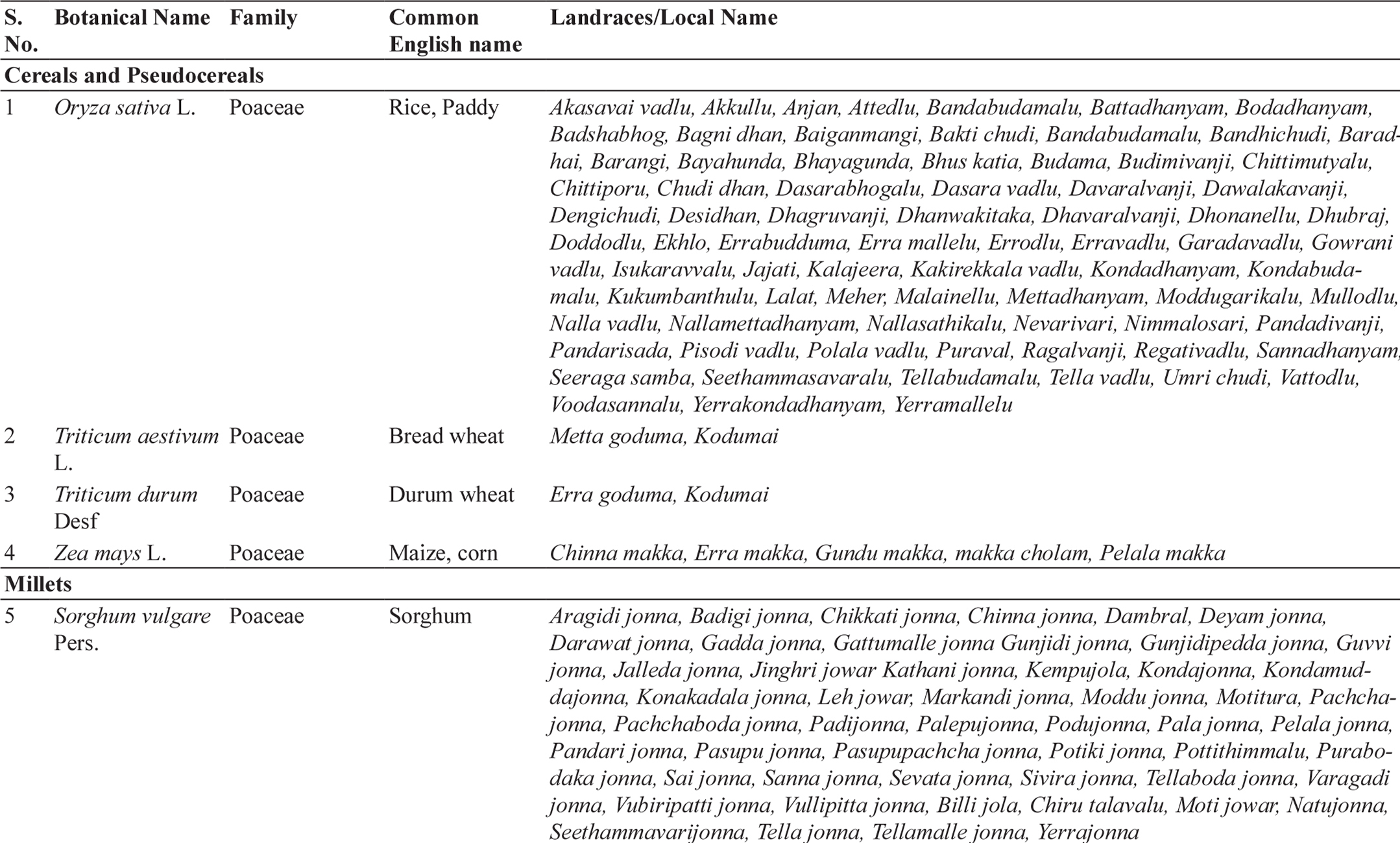
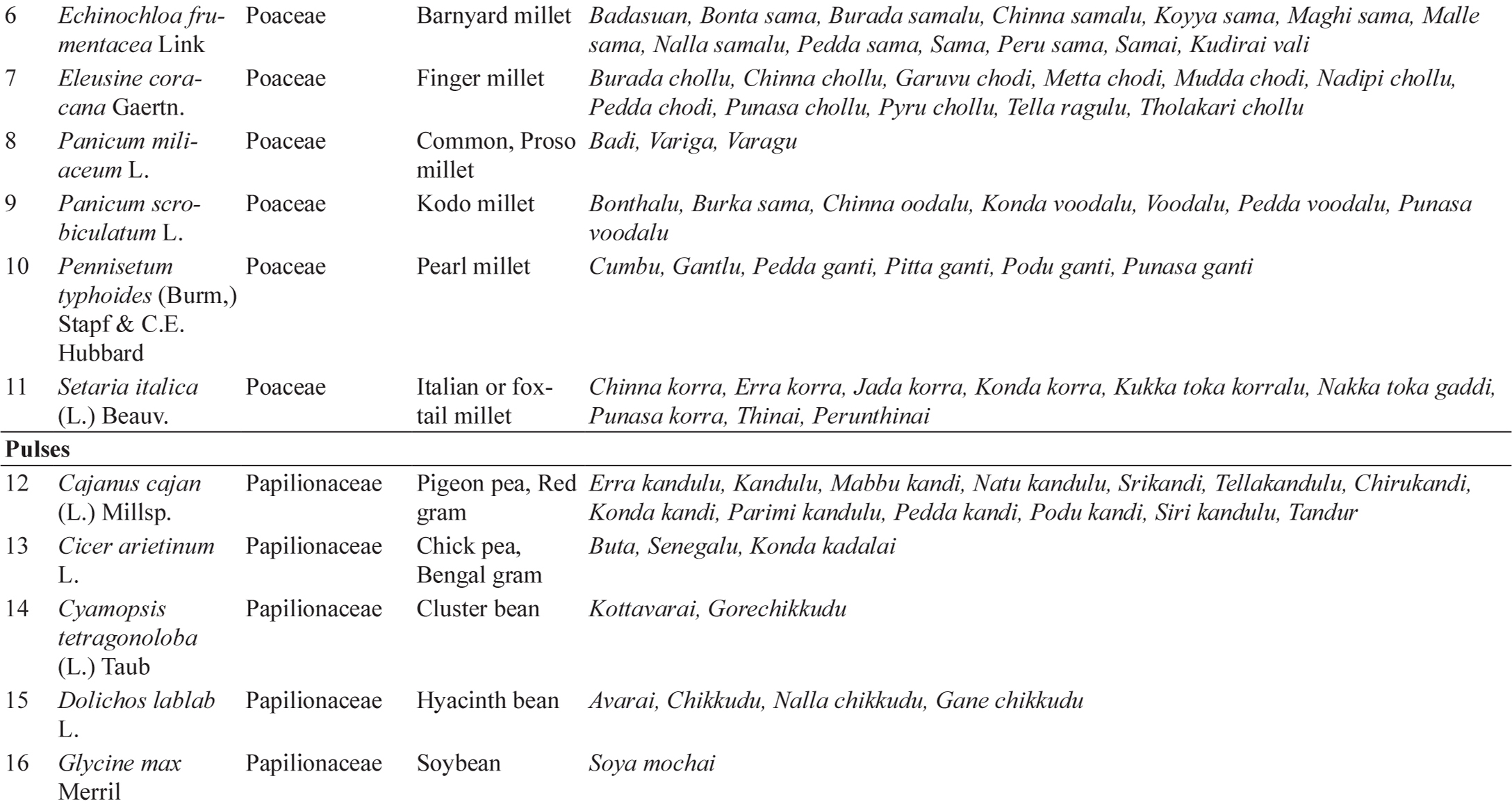
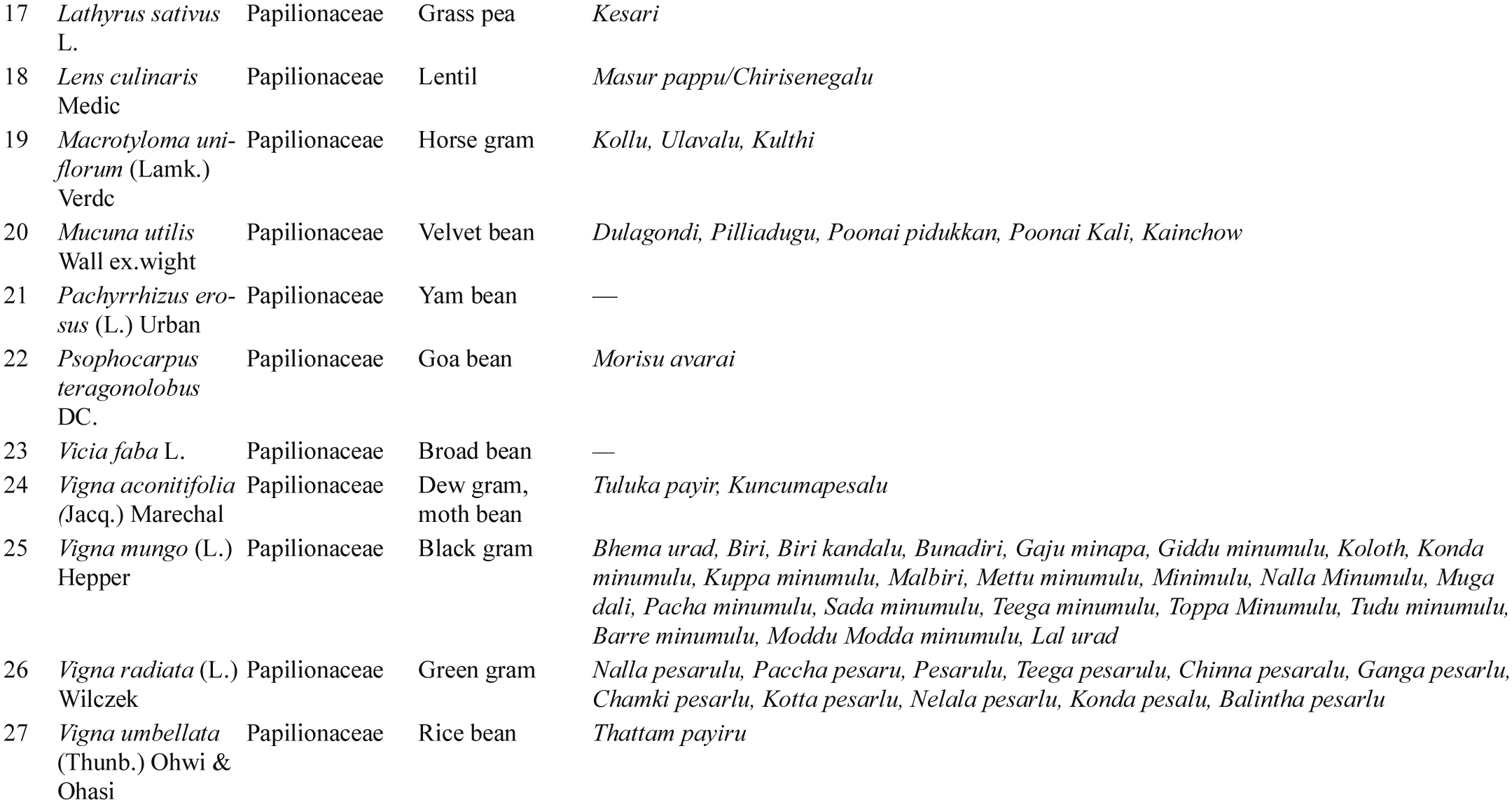
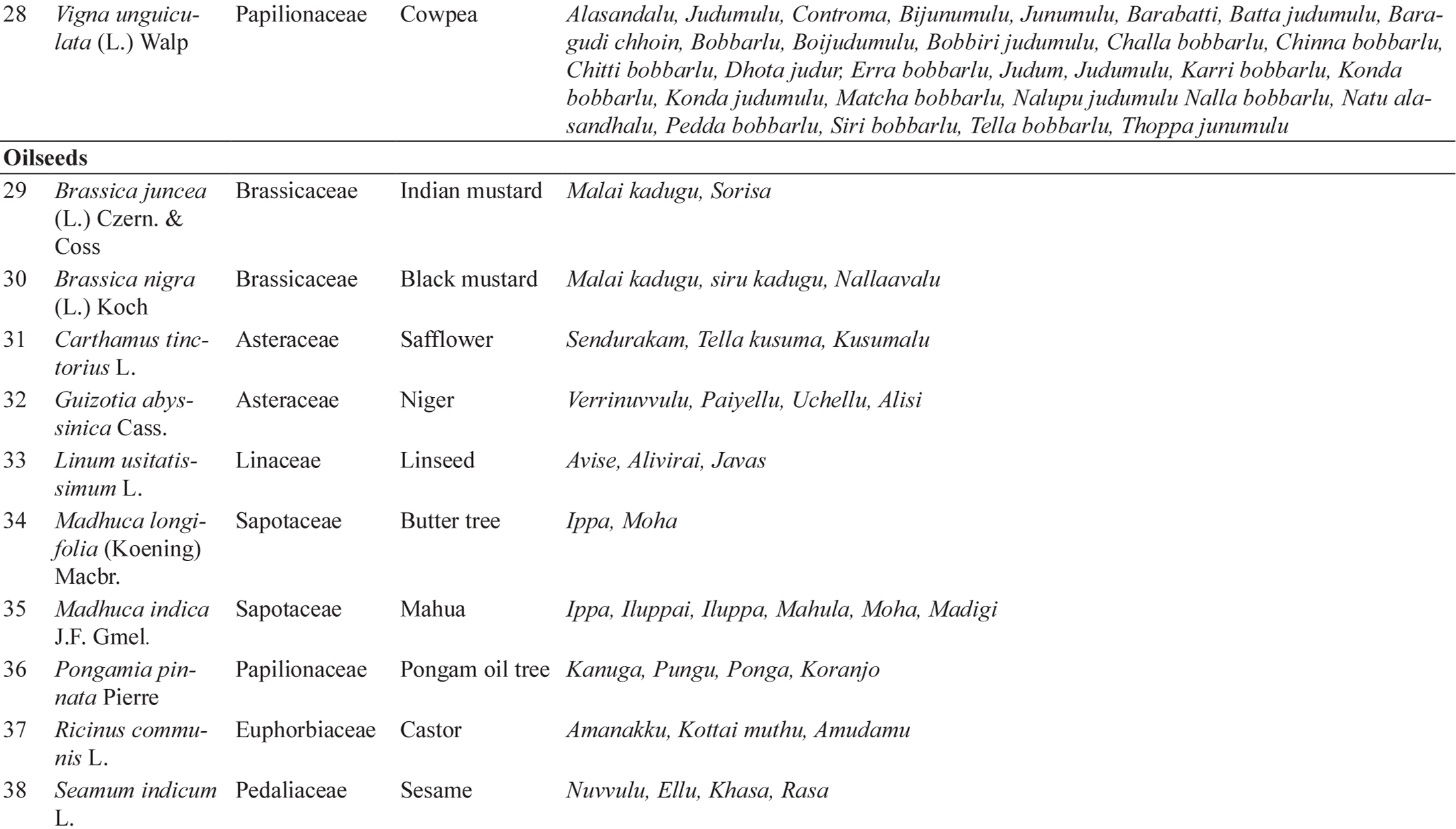
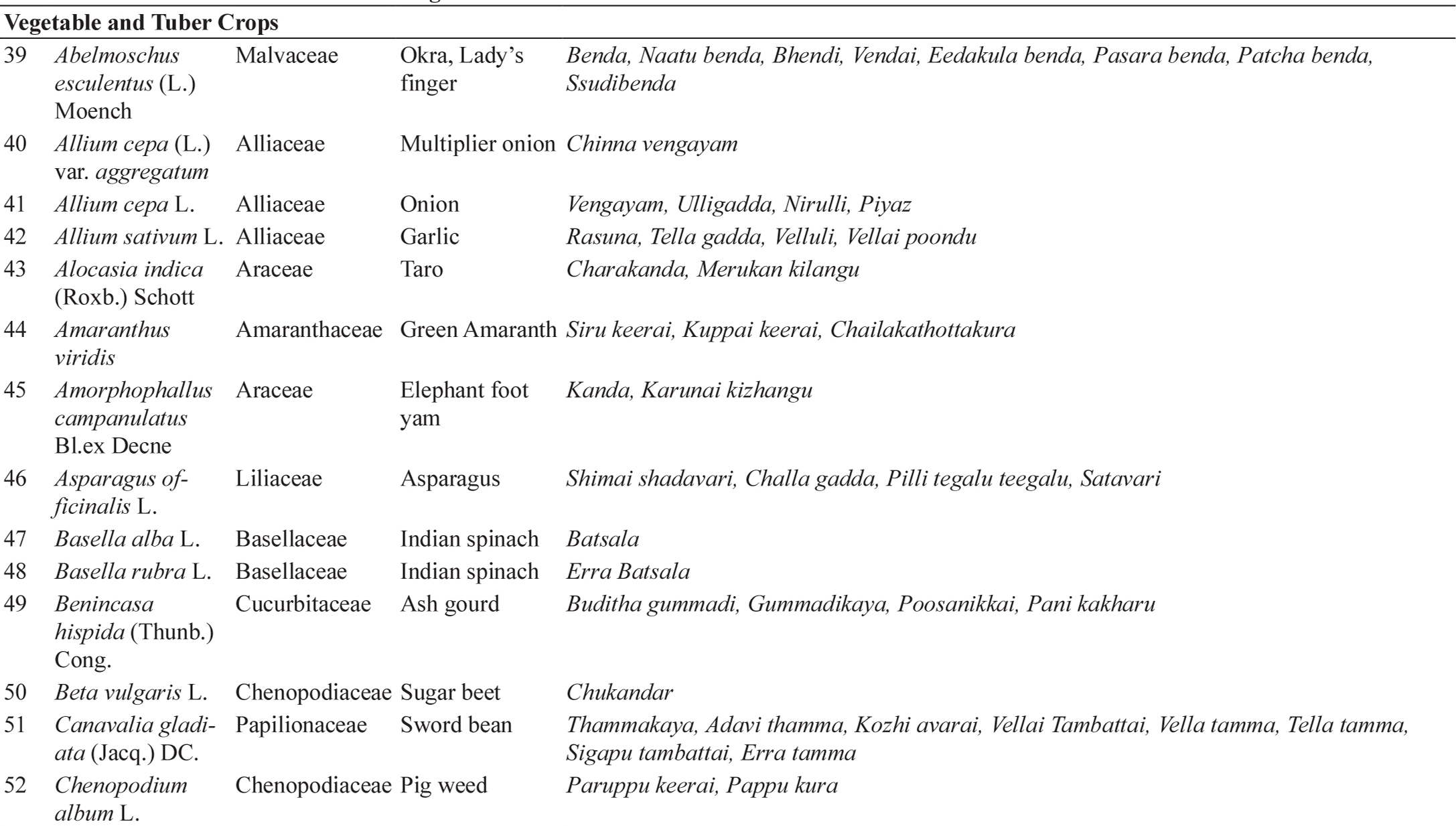
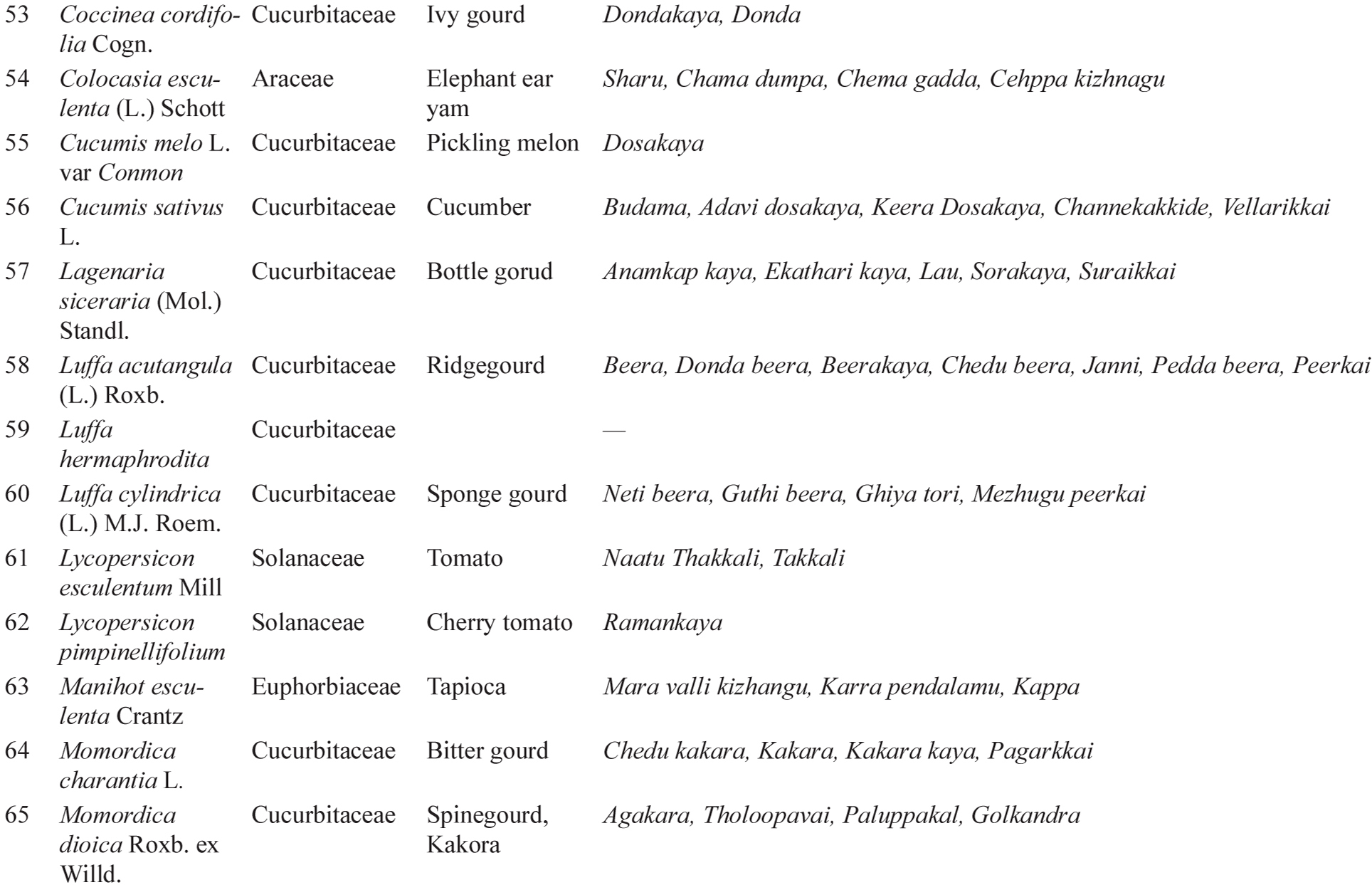
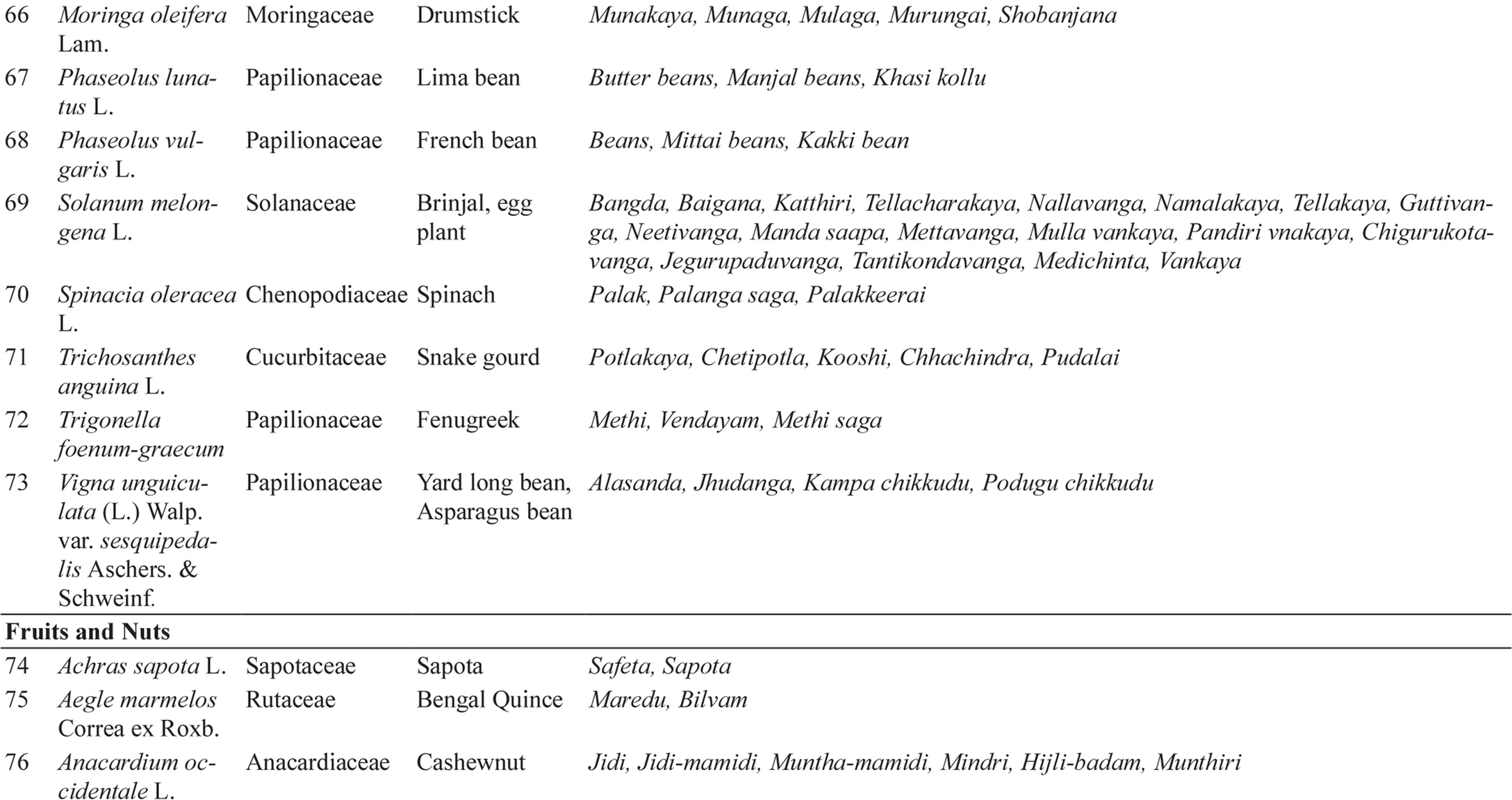
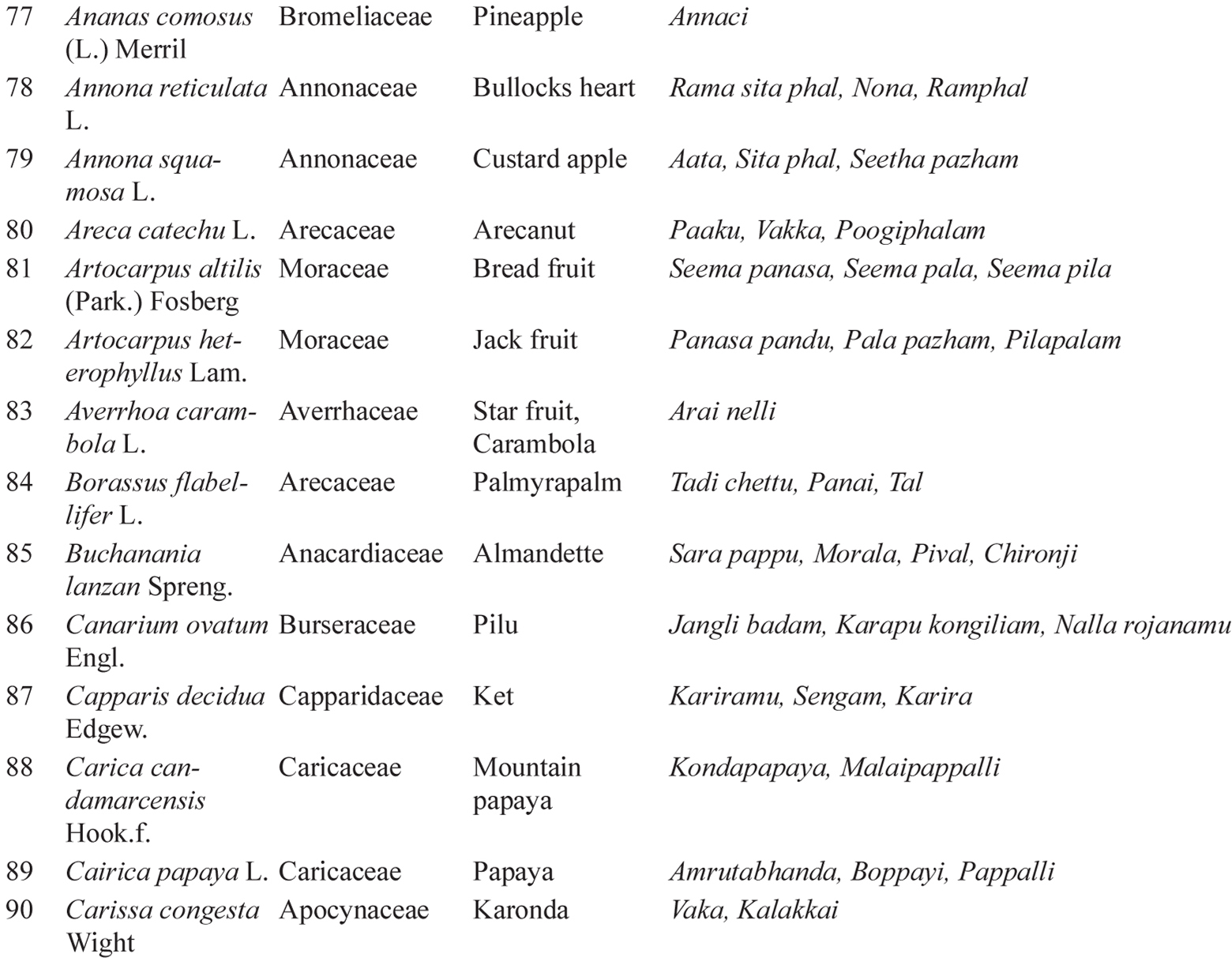
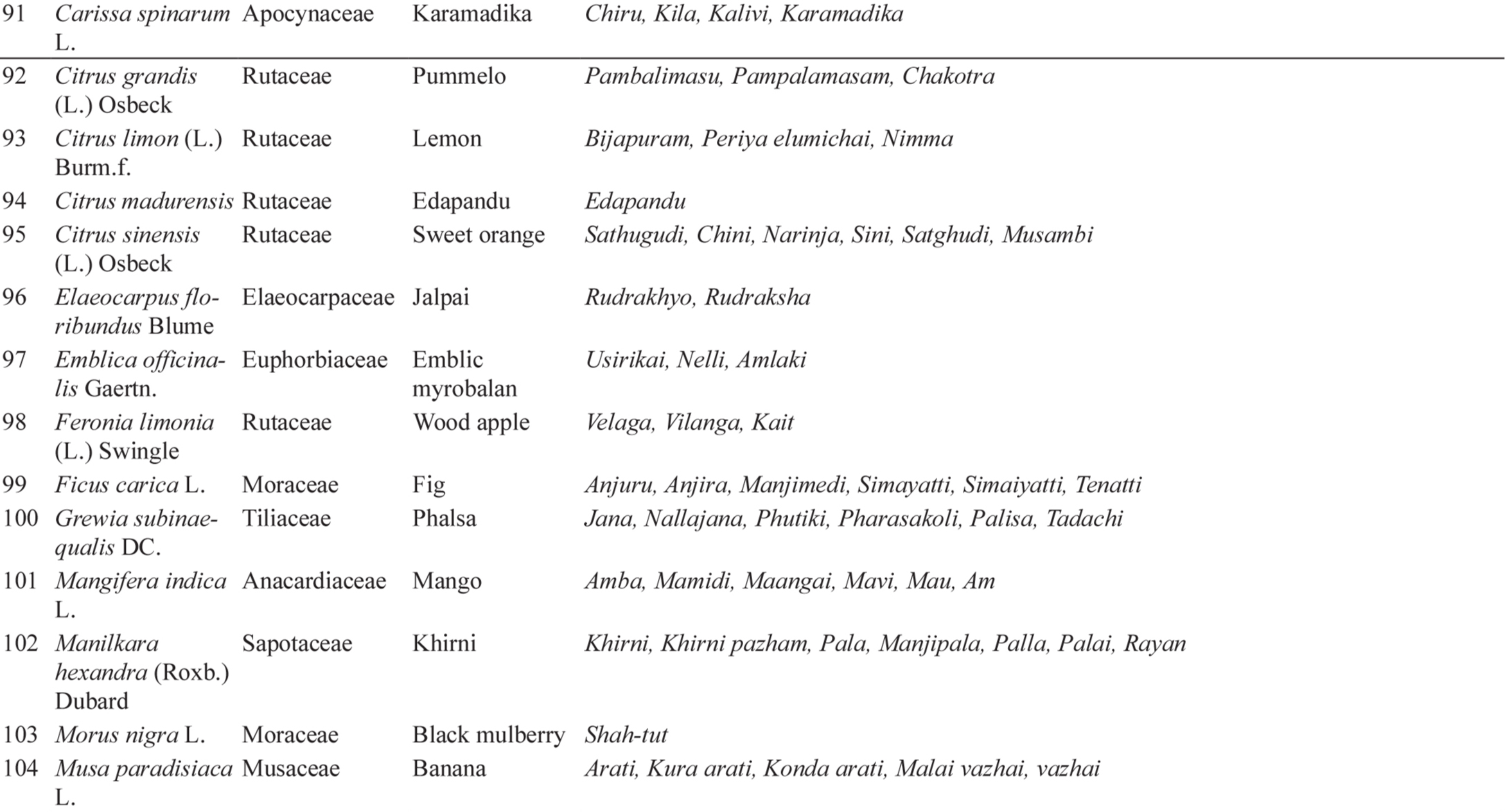
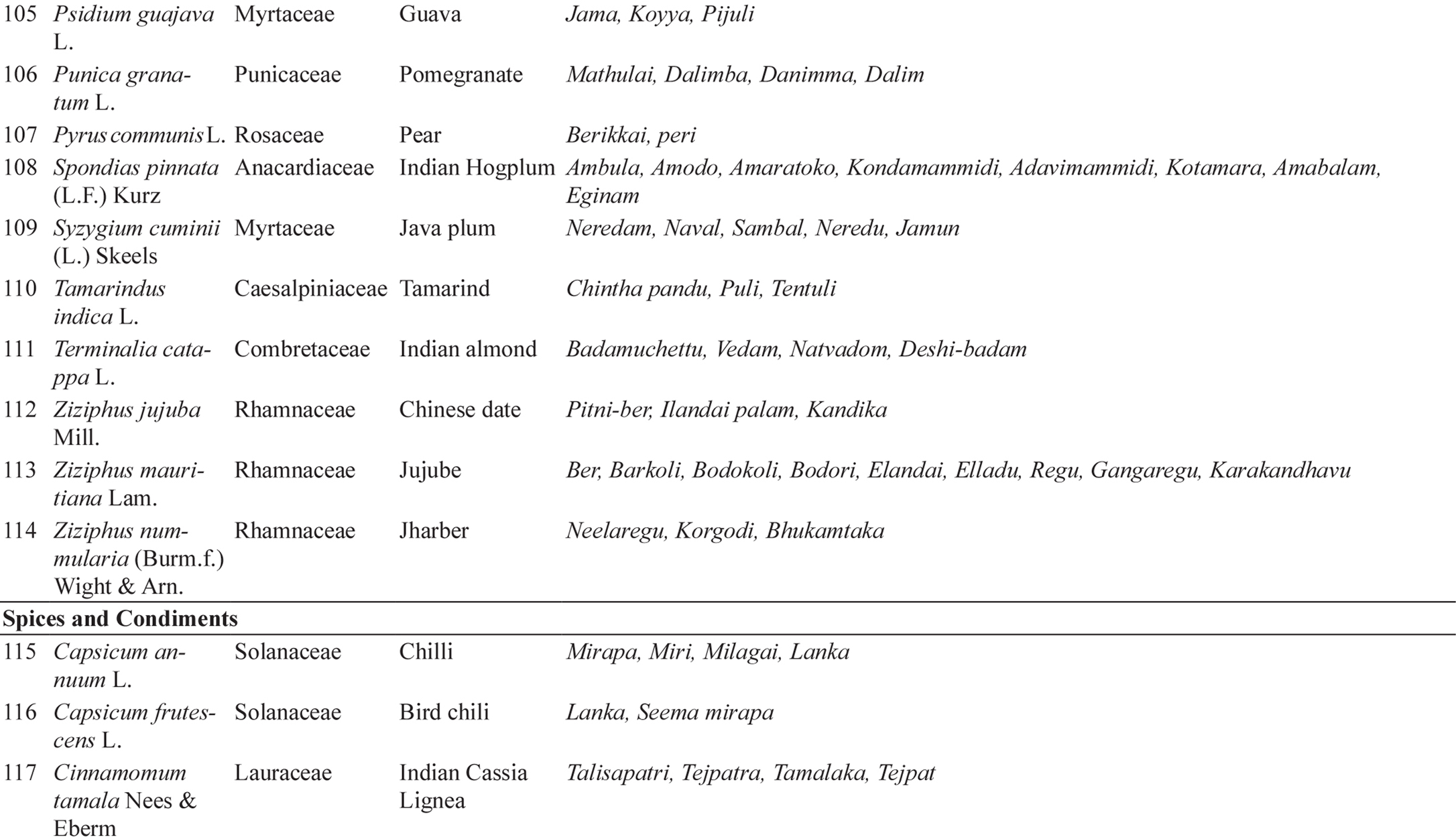
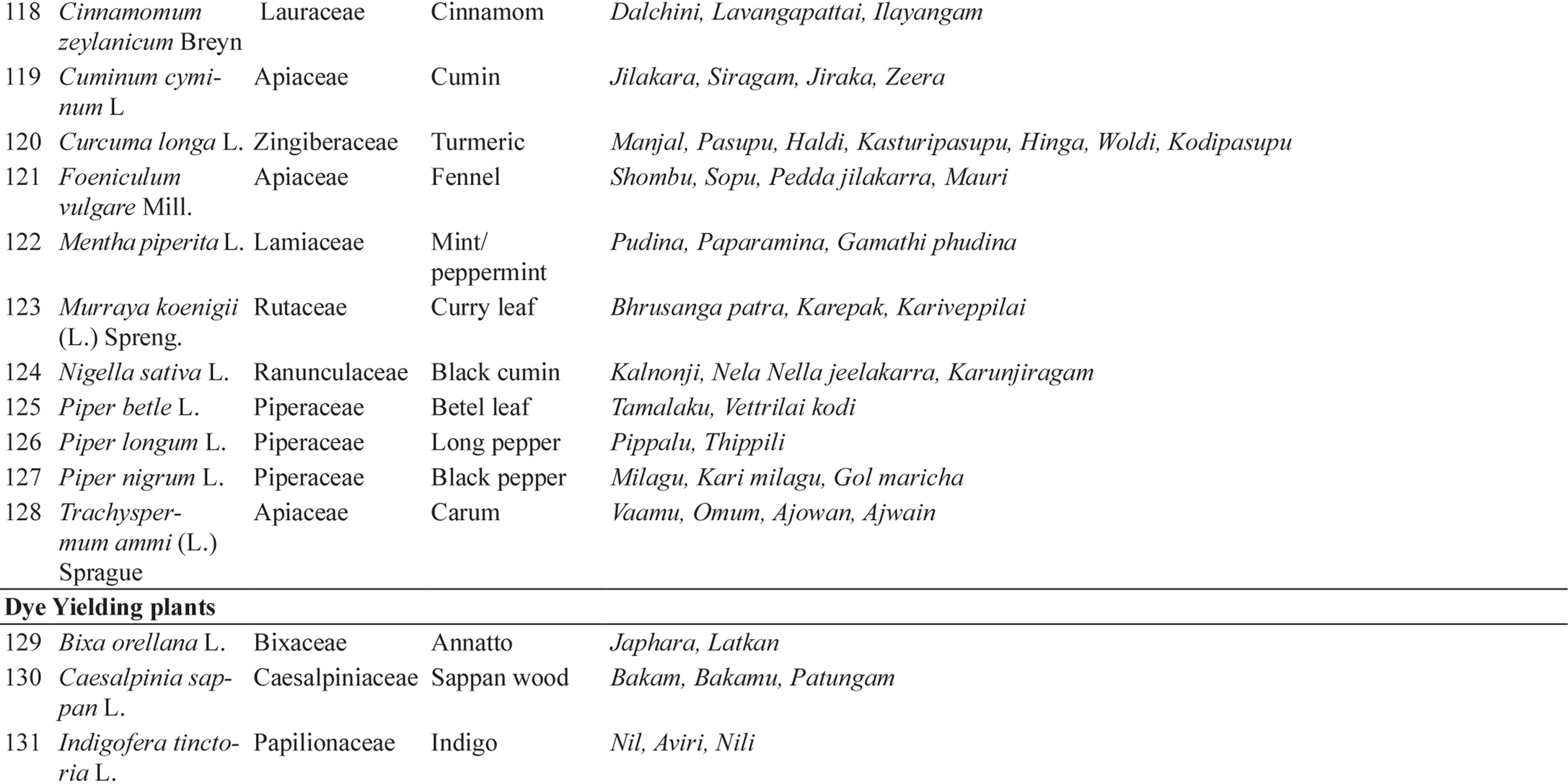

5.2.1.1CEREALS AND MILLETS
Significant ethnic diversity is reported in rice, sorghum, pearl millet, finger millet, italian millet, proso millet, little millet, kodo millet and barnyard millet from Eastern Ghats (Pandravada et al., 2008b).
Rice is known in India from about 2,000 BC or even earlier (Vishnu-Mittre, 1968). It can be deduced from the available evidences that, eastern India is the area of domestication of Asian rices (Harlan, 1975). Tremendous diversity in both the cultivated and wild Oryza species occur in Koraput (Odisha), which could be the place of origin and domestication for the Asian rices. Rich diversity occurs in paddy germplasm especially for scented ness, plant height, seed dormancy, grain slenderness and resistance to pests and diseases, resistance to lodging, moisture stress, maturity, panicle structure, grain size, glume color, kernel color and endosperm. The endemic scented rice diversity (isuka ravvalu, kampusannalu, vasanodlu) occurs in Visakhapatnam (Araku hill tracts), pockets of Vizianagaram, Srikakulam and Nizamabad districts. Some of the tall cultivars like basangi, krishnakatukalu, bayahunda, gottedlu and akkullu are grown in the coastal districts specifically for the straw to thatch the huts and as a feed for cattle. Landraces from Srikakulam (pottibasangi, soppiri and jajati) are reported to have seed dormancy and do not germinate on standing. Landraces of upland rainfed ecosystem with very fine-grained medium/long slender seed (voodasannalu, chinnakondengi, mettabudagalu) with good potential either for direct selection and/or for crossing are found in the tribal belts of Srikakulam district. In the Telangana and Rayalaseema regions also there are diffused pockets in which indigenous variability occurs in upland rice. These landraces have high degree of resistance to pests and diseases.
Most of the above landraces are being fast replaced with the high yielding varieties ignoring the specific qualities for high yield/income particularly in the tribal areas of north coastal districts of Andhra Pradesh. The practice of cultivating early maturing (3 months) upland rice in mixed cropping mainly with sorghum, pearl millet and small millets and sometimes even with pigeon pea is disappearing and currently improved varieties of rice are mostly grown as a sole crop. Cultivation of upland rice itself is replaced by the high-income crops, such as tomato, cauliflower, cabbage, etc. in high altitude tribal pockets.
The important areas of diversity for kharif sorghum are districts of Adilabad and Kurnool in Telangana and Andhra Pradesh states respectively. Many distinct landraces (chiru talavalu, moti jowar, motitura, jinghri jowar, leha jowar, pottithimmalu, tellamalle jonna) belonging to durras and rox-burghiis are the main races grown under kharif sorghums. Mainly variability occurs in plant height, peduncle shape and size, ear head shape and size, glume and grain color. Landraces of rabi sorghums (markandi jonna, gattumalle jonna, sai jonna, mudda jonna, pelala jonna, erra jonna, etc.) are grown to a great extent especially in the tribal pockets of Adilabad, Khammam, Kurnool and Cuddapah. Sorghum belonging to races durra, bicolor, guinea, caudatum and their intermediate types occur in these areas (Figure 5.1). Potential diversity occurs for panicle compactness/shape and glume covering. Sources of resistance for drought and birds (fully covered glumes) occur in the northern Telangana areas.
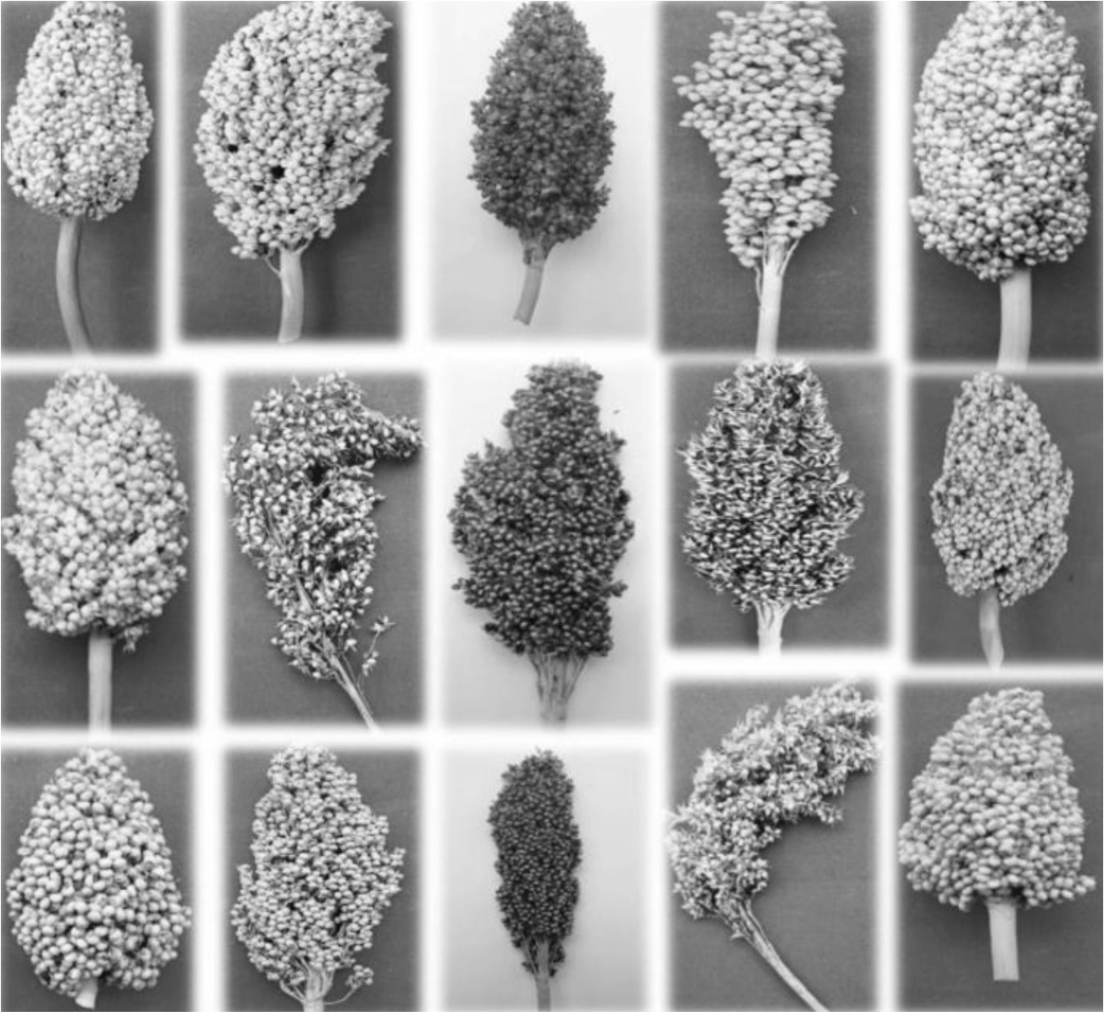
FIGURE 5.1Ethnic sorghum (Sorghum bicolor) diversity in Eastern Ghats region (Courtesy: NBPGR, RS, Hyderabad).
Pearl millet germplasm variability is known to occur in Visakhapatnam, Vizianagaram, Srikakulam, Nalgonda, Mahaboobnagar, Kurnool and Prakasam districts. Pittaganti, a popular landrace of north coastal districts is an early maturing and highly tillering type. Variability occurs in plant height, stem thickness, tillering, spike length, size and shape and seed characters.
In small millets, the important crops are finger millet, italian millet (Figure 5.2), proso millet, kodo millet, little millet and barnyard millet. Variability in plant height, tillering, finger compactness, number of fingers/ear and ears/plant exists in finger millet in the districts of Visakhapatnam, Vizianagaram, Srikakulam, Ranga Reddy and Mahaboobnagar. Endemic local variability occurs in the other small millets.
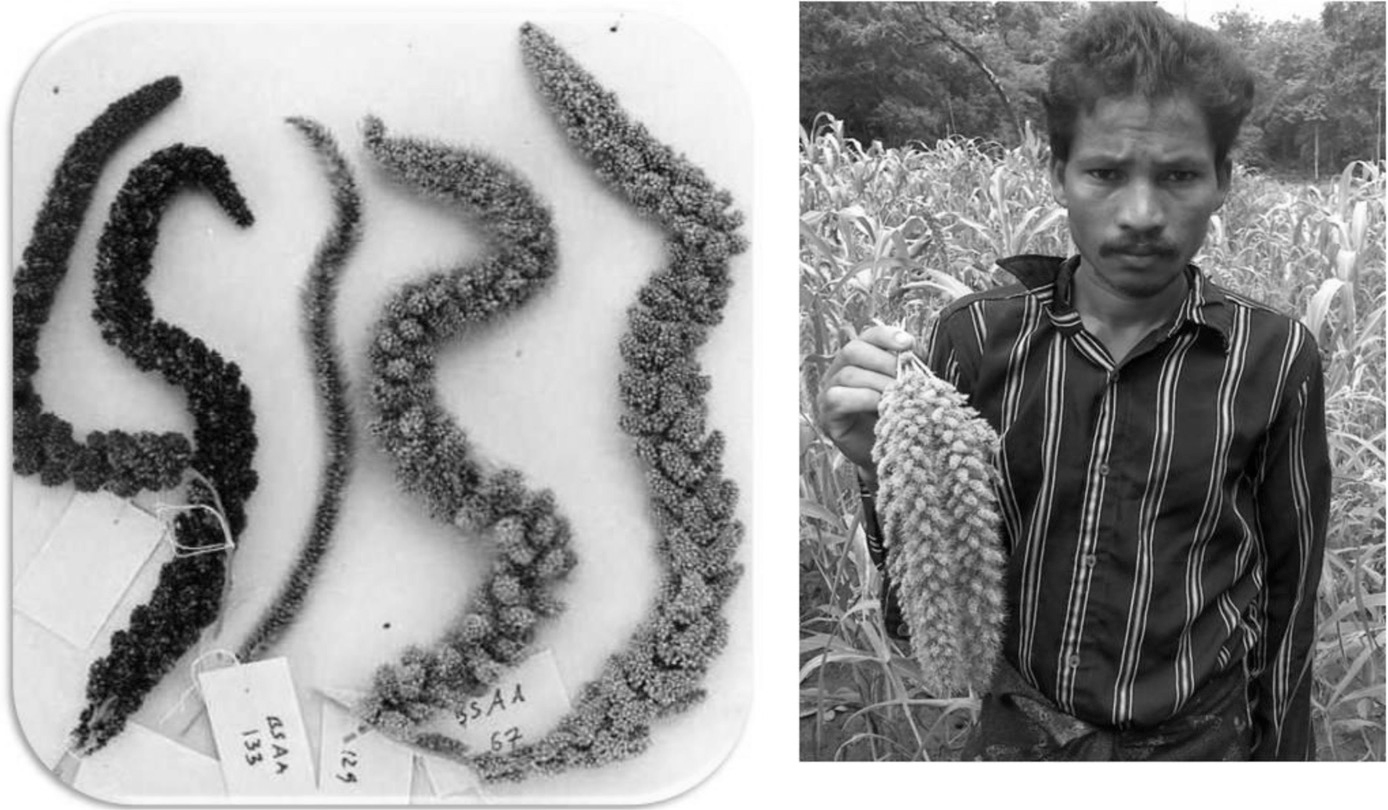
FIGURE 5.2Ethnic diversity in Italian millet from Eastern Ghats region (Courtesy: NBPGR, RS, Hyderabad).
However, the area under small millets has been coming down very alarmingly because of the introduction of subsidized rice scheme in Andhra Pradesh. It has insidiously contributed in the replacement of small millets with improved varieties of crops, such as chilli and other vegetables in north coastal districts and sunflower and castor in Telangana and Rayalaseema regions, there by losing the endemic diversity of small millets.
5.2.1.2PULSES
The important pulse crops in which significant endemic diversity occurs are Pigeon pea (Figure 5.3), Lima bean, French bean, Cowpea, Hyacinth bean and Rice bean. In Pigeon pea variability exists in the north coastal tribal belt and Telangana region in Andhra Pradesh and Koraput and Gajapati districts of Orissa for days to maturity, flower color, plant height, pod size, seed shape/color etc. Local landraces, which are tolerant to pod borers viz. ‘Konda kandulu’ are perennial with very bold white/creamish-white seeds, exists in the above areas. The landraces with red/brownish-red seed are cultivated in the northern Eastern Ghats region where as white/creamish-white seeded landraces are preferred in the central Eastern Ghats region.
In Cowpea (chittibobbarlu, bobbarlu) the variability mainly includes cultivars with bushy/viny forms, days to maturity, pod character and seed color.
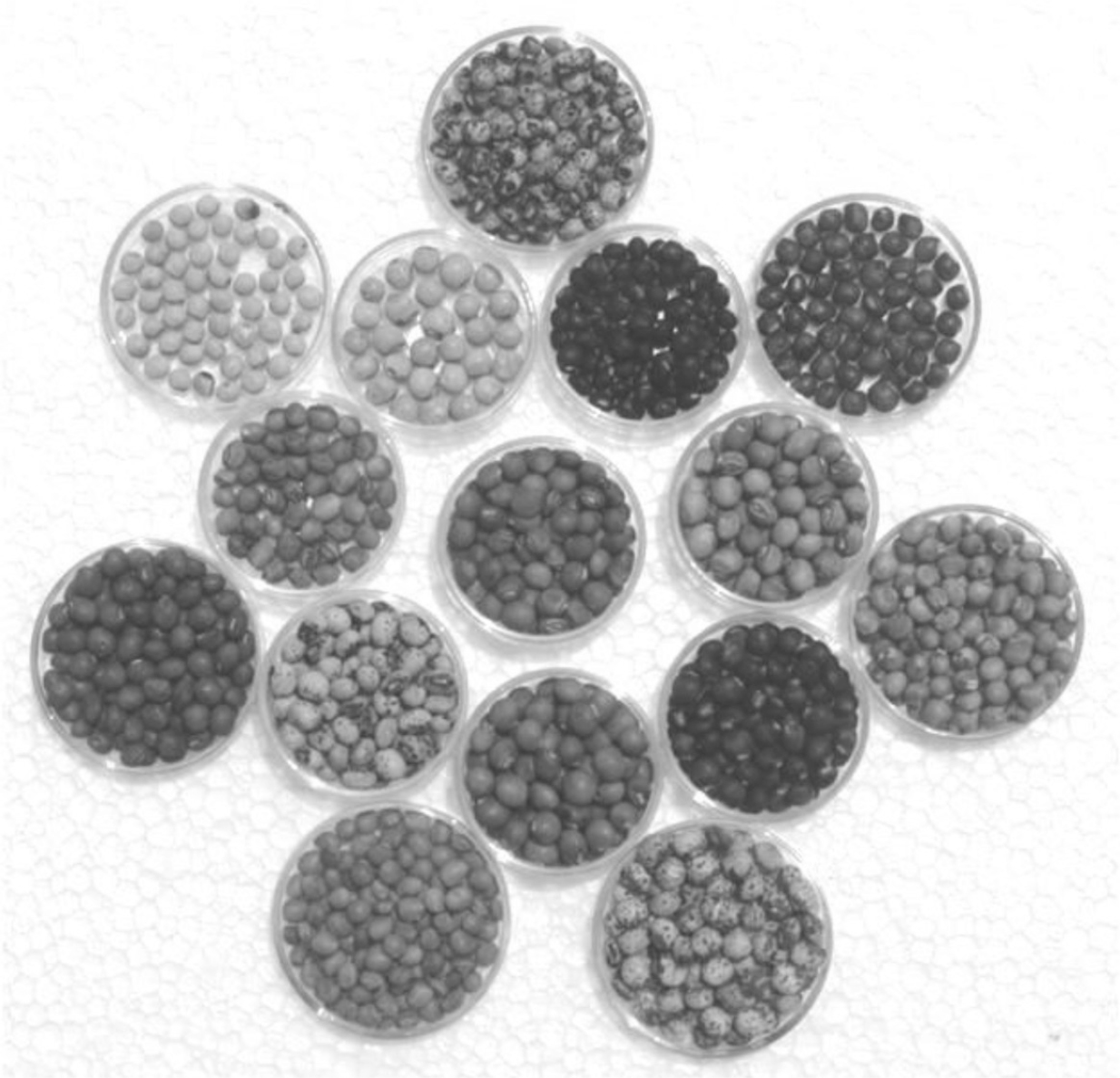
FIGURE 5.3Ethnic diversity in Pigeon pea from Eastern Ghats region (Courtesy: NBPGR, RS, Hyderabad).
5.2.1.3OIL SEEDS
The important oil seed crops in which good variability still occurs are sesame and niger. Sesame is an important ancient and traditional oil seed crop for which the sub-continent is the secondary center of diversity. There is significant variability in the cultivars with regards to specific planting season and region specificity due to photosensitivity. Variability is available in plant height, days to maturity, seed size, color, oil content and the extent of tolerance/resistance to different biotic/abiotic stresses.
Among the oilseeds, niger is the crop of the tribals, by the tribals and for the tribals and plays a significant role in the tribal economy. Rich variability exists in Visakhapatnam, Medak and Mahaboobnagar districts of Andhra Pradesh, Koraput of Orissa and Jagdalpur of Chhattisgarh especially for height, stem color, leaf size, branching habit, days to maturity, capitulum size and number of florets, achene size/shape, yield and oil content. The landraces do possess drought tolerance also. Germplasm accessions having high oil content were found and collected from the Koraput region.
5.2.1.4VEGETABLES
The important vegetables for which good native diversity occurs are brinjal, chillies, okra, cucumber, gourds, onion, beans, tuber crops, and leafy vegetables.
The districts of Srikakulam, Visakhapatnam, East Godavari, West Godavari, Krishna, Guntur, Chittoor and Ranga Reddy, Koraput and Gajapati are important for brinjal diversity. Variability occurs for plant height, fruit shape, color, spininess of the pedicel and clustering and presence of blotches/stripes on the fruit surface. In Koraput the pottangi variety of very primitive landrace which is the progenitors of the present day cultivars of Solanum melongena occur. The important landraces that are under the cultivation include tellacharakaya, nallavanga, namalakaya, tellakaya, guttivanga, neetivanga, mettavanga, chigurukotavanga, jegurupaduvanga, tantikondavanga, medichinta etc.
In chilli the local diversity for growth habit, fruit color, bearing, shape and size and pungency occur all along the Eastern Ghats. Chillies with small round cherry types, small oblong stout and small conical stout, extra long broad and tapering fruits occur in the north coastal districts of Andhra Pradesh. Cultivation of chilli local landrace which bear yellow fruits (pachchamirapa) is confined to Gollaprolu area in the East Godavari district. Indigenous paprika chilli landraces with low pungency are mostly confined to Warangal (doddukaya, warangalkaya, tomato chilli) and Rayalaseema region (byadige types) which are characterized by folds after drying. Capsicum frutescens (Bird’s pepper) occurs in all the tribal areas in the Eastern Ghats.
In Okra diversity is mainly concentrated in the districts of Kurnool, Visakhapatnam, East Godavari and Adilabad. The important landraces that occur are edakula benda, pasara benda, patcha benda and sudibenda. Native diversity occurs for plant height, pigmentation and fruit characters. Very tall, robust, purple pigmented, tolerant to cold and late maturing types (chalibenda) occur in the Adilabad district of Telangana region.
The important gourds for which local ethnic diversity especially for fruit size and shape occur are bottle gourd, pumpkin, snake gourd, ridged gourd and bitter gourd (Sivaraj and Pandravada, 2005; Sivaraj et al., 2010; Sunil et al., 2014). The important districts under gourds cultivation where local diversity occurs are East Godavari, Warangal, Khammam, Adilabad, Karimnagar, Visakhapatnam, Koraput and Gajapati districts. Bottle gourd with different fruit shapes occurs in the tribal pockets in the above districts (Figure 5.4). The wild forms are very bitter and trailed on the huts and harvested after drying to use them for carrying water and arrack and also for storage. Extra-large fruited types (Nelabeera) almost to one meter are found in the Adilabad district.
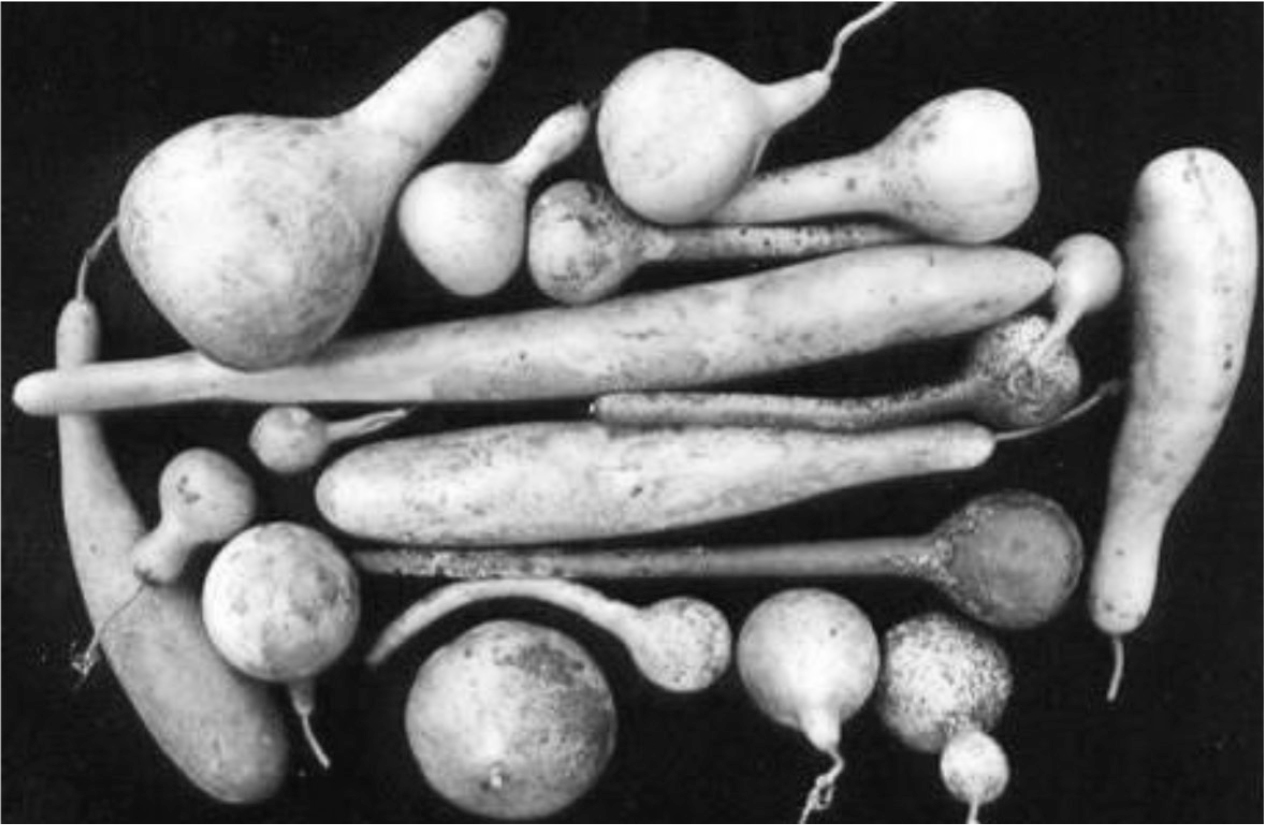
FIGURE 5.4Ethnic bottlegourd (Lagenaria siceraria) diversity in Eastern Ghats region (Courtesy: NBPGR, RS, Hyderabad).
In tuber crops the important districts are Srikakulam, Visakhapatnam Vizianagaram, East Godavari, West Godavari, Krishna, Nellore, Koraput and Gajapati. Local cultivars and wild tubers which are well adapted and are being grown/collected from the forests occur in Elephant foot Yam (pedda kanda, chinna Kanda, theepi kanda), Colacasia, Dioscorea, Xanthosoma and Tapioca (Figure 5.5).
In the leafy vegetable the important types for which local variability occur are amaranth, spinach, Rumex, Basella, Trigonella, etc. in all the districts of Eastern Ghats. In Amaranth types which are green, completely/partially purple and spiny generally occur.
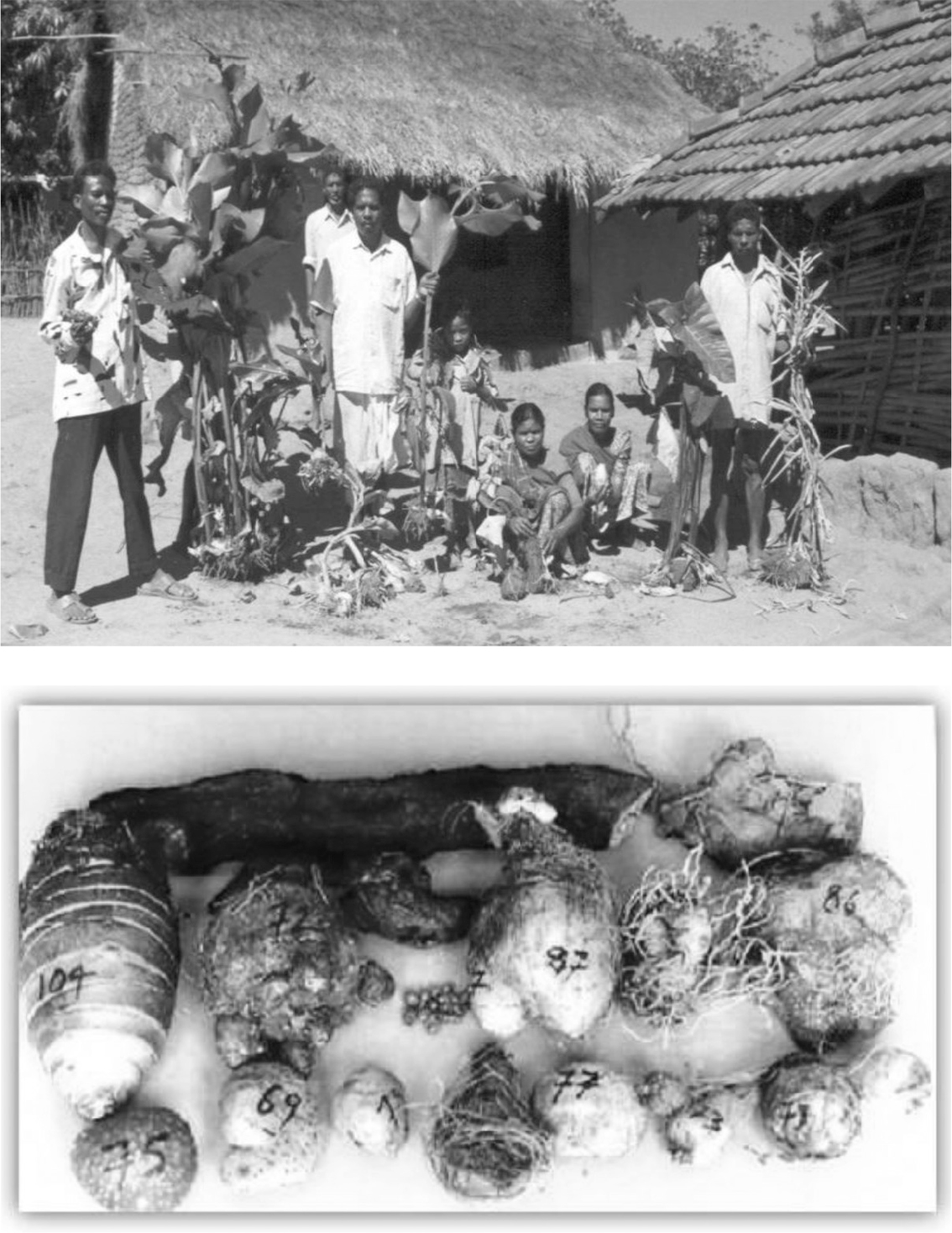
FIGURE 5.5Ethnic community with tuber crops diversity in Eastern Ghats region (Courtesy: NBPGR, RS, Hyderabad).
5.2.1.5FRUIT CROPS
The important fruits which have native diversity are mango, banana, citrus fruits, custard apple, ber, pine apple, wood apple, bael and jamun etc.
In Mango the main variability occurs in the coastal areas, Khammam district in the Telangana and eastern Rayalaseema regions. Diversity occurs for tree size, maturity, bearing, fruit color, size, flesh characters, keeping quality and yield. Also cultivars specific for table and pickling and resistant to hoppers and which can withstand wind and drought are also found. The wild species occur in the tribal dominated hilly areas of Visakhapatnam and Vizianagaram districts.
In banana the districts which are important for germplasm variability are East Godavari, West Godavari, Kurnool, Vizianagaram, Visakhapatnam, Cuddapah, Koraput and Gajapati. The traditional and popular varieties (amruthapani and chakkarakeli) are alarmingly replaced by the improved varieties. Good local varieties occur both in table and vegetable types. Diversity occurs in plant height, maturity, bunch size, fruit shape, size and aroma. Musa ornata and Ensete glaucum occur in the hills of Eastern Ghats interspersed in East Godavari and Visakhapatnam districts.
Among the Citrus species, Citrus madurensis has been naturalized in the hills of East Godavari and Srikakulam. The other fruits in which significant local diversity exist is pine apple in the Visakhapatnam (Simhachalam). Custard apple, which occurs in semi-wild state in the hills has good diversity for habit, plant type, fruit and reticulation size, seed size and number in Mahaboobnagar, East Godavari and Anantapur. In jack, the important local types include kharja panasa and tene panasa. Good local diversity for fruit size and shape occur in the coastal areas. In the hills, good variability occurs in wood apple, bael and jamun.
5.2.1.6SPICES
The crops of importance in spices include turmeric, ginger, and Indian long pepper, etc.
In turmeric, landraces are still popular because of their adaptability and significant levels of tolerance/resistance to biotic/abiotic stresses. Native and wild types occur in Araku (kasturipasupu, hinga, woldi, kodipasupu) and Mahendragiri hills with good variability for days to maturity, rhizome shape and size, inside color, surface color, aroma and yield.
In ginger the important areas of diversity are Araku hill tracts and other areas of Visakhapatnam, Medak, Koraput and Gajapati districts. The native types (pandimallelu, rellakommalu) possess variability for rhizome shape, size, in side and surface color, aroma and resistance/tolerance to rhizome rot and other diseases.
5.2.1.7FIBER CROPS
The important fiber crops in Eastern Ghats are cotton and mesta. Among the old world diploid Asiatic cottons rich genetic diversity occurs in Gossypium arboreum and Gossypium herbaceum. The landraces under G.arboreum include srisailam, errapathi, pandapur, mudhole, nandyal, mungari etc. and javvari and jayadharu in G.herbaceum. Diversity occurs in the cotton germplasm in plant height, boll shape, size and surface, lint color and in seed characters. The perennial types of G.arboreum (jadapathi, pagadapathi, pydipathi etc.) are grown in temples, backyards of the households and as escapes throughout the ghats. Also it is amazing that both the annual and perennial types of G.arboreum cottons are disease/pest free and are sources of resistance for black arm, boll warm and sucking pests. However, with the introduction of superior long stapled new world cottons of Gossypium hirsutum, the desi cottons are being replaced at an alarming rate.
In Mesta diversity in Hibiscus sabdariffa and H.cannabinus occurs in the north coastal districts. Variability could be observed in stem pubescence, stem color, branching habit, fruit pubescence, stem diameter, seed color and other seed characters.
5.2.1.8WILD RELATIVES OF CROP PLANTS
The ethnic plant genetic resources diversity of Eastern Ghats includes wild/weedy relatives and related taxa of crop plants which are crucial for the improvement of crops. These plant species constitute a part of the crop genepool and possess, a big reservoir of untapped genes that have potential to be utilized in improvement of crops.
At least 91 wild related species of crop plants are reported in the Eastern Ghats region by Arora and Nayar (1984). Pandravada et al. (2008a) enumerated the genetic resources of wild relatives of 73 major cultivated crops belonging to crop groups of cereals, millets, small millets, pulses, oil seeds, vegetables, leafy vegetables, tuber crops, fruit crops and spices in Eastern Ghats region of Andhra Pradesh which are represented by 71 genera and 203 species of 36 plant families. Important examples of wild relatives from Eastern Ghats ethnic pockets are: Abelmoschus ficulneus, Abelmoschus moschatus, Amorphophallus paeoniifolius, Cajanus cajanifolius, Capsicum frutescens, Citrullus colocynthis, Cucumis hardwickii, Cucumis pubescens, Curcuma angustifolia, Dioscorea oppositifolia, Luffa acutangula var. amara, Luffa cylindrica, Luffa tuberosa, Lycopersicon pimpinellifolium, Momordica dioica (Figure 5.6), Moringa concanensis, Moringa pterigosperma, Mucuna monosperma, Murraya paniculata, Musa ornata, Ocimum americanum, Ocimum basilicum, Oryza malampuzhaensis, Oryza nivara, Oryza rufipogon, Pennisetum hohenackeri, Piper longum, Sesamum alatum, Solanum incanum, Solanum indicum, Solanum nigrum, Solanum pubescens, Solanum surattense, Solanum torvum, Solanum trilobatum, Sorghum halepense, Trichosanthes bracteata, Trichosanthes cucumerina, Vanilla wightiana, Vigna trilobata, Zingiber cassumunar, Zingiber roseum, Ziziphus oenoplia, Ziziphus xylopyrus etc. Identification of wild relatives of many crop plants and establishing their close genetic affinities have made it possible to utilize them as potential source of genetic variation by the breeders (Kalloo and Berg, 1993; Sharma et al., 2003; Pandravada et al., 2008a).
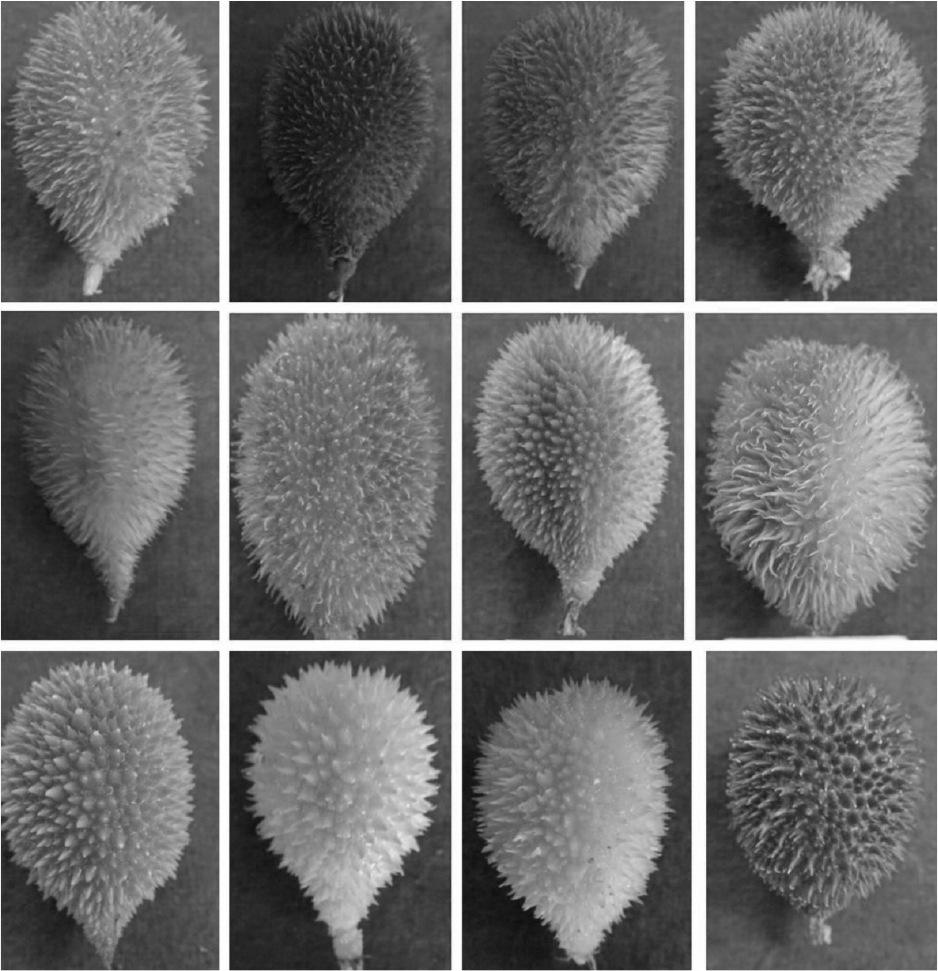
FIGURE 5.6Ethnic diversity in spine gourd (Momordica dioica) in Eastern Ghats region (Courtesy: NBPGR, RS, Hyderabad).
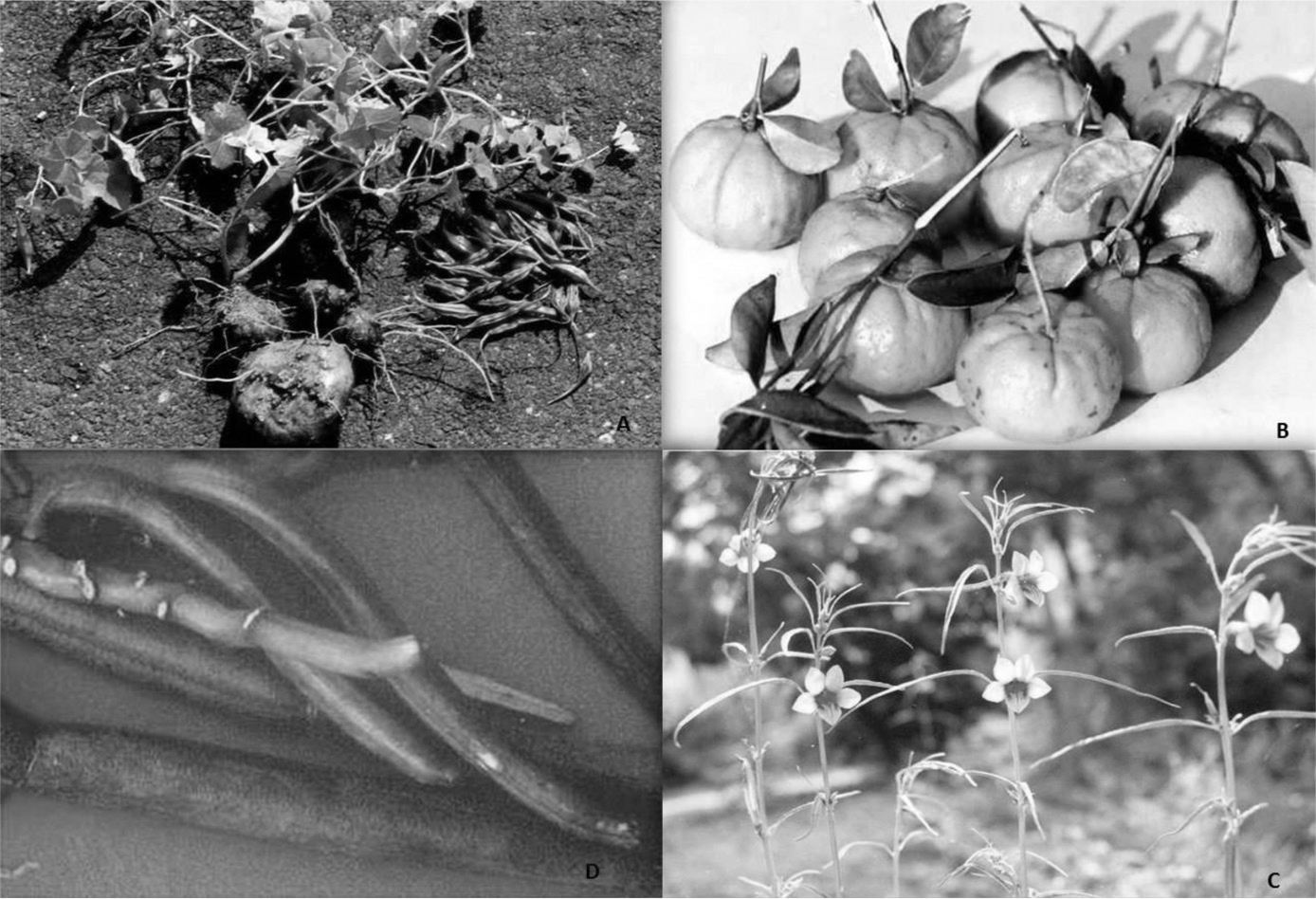
FIGURE 5.7Wild relatives of crop plants species diversity from Eastern Ghats region (Courtesy: NBPGR, RS, Hyderabad).
A. Luffa tuberosa B. Citrus madurensis C. Sesamum alatum D. Vanilla wightiana
5.2.1.9ETHNIC LIFE SUPPORT SPECIES OF EASTERN GHATS (NON-TIMBER FOREST PRODUCE)
Ethnic life support species have an important role to play for the betterment of mankind, especially under situations of abiotic stresses related to soil, water, nutrients and energy, particularly in view of increased human and livestock population. Some of the important NTFP species recorded in the Eastern Ghats region are Andrographis lineata, Amorphophallus paeoniifolius, Artocarpus heterophyllus, Bambusa bambos, Borassus flabellifer, Caesalpinia bonduc, Canarium strictum, Ceiba pentandra, Dioscorea bulbifera, Entada pursaetha, Phyllanthus emblica, Ficus hispida, Gloriosa superba, Helicteres isora, Gymnema sylvestre, Hemidesmus indicus, Jatropha curcas, Madhuca indica, Myristica fragrans, Myristica dactyloides, Ocimum gratissimum, Pongamia pinnata, Strychnos nux-vomica, Syzygium cumini, Sterculia urens, Tamarindus indica, Terminalia bellirica, Terminalia chebula, Urginea indica, Ziziphus mauritiana, Ziziphus xylopyrus etc. The dependence of tribal communities on these plant resources is inevitable. In this context, more important is exploitation of plants occurring in extreme environmental conditions of Eastern Ghats region. These life support species are expected to provide new sources of food, fiber, fuel, fodder, hydrocarbon and industrial products.
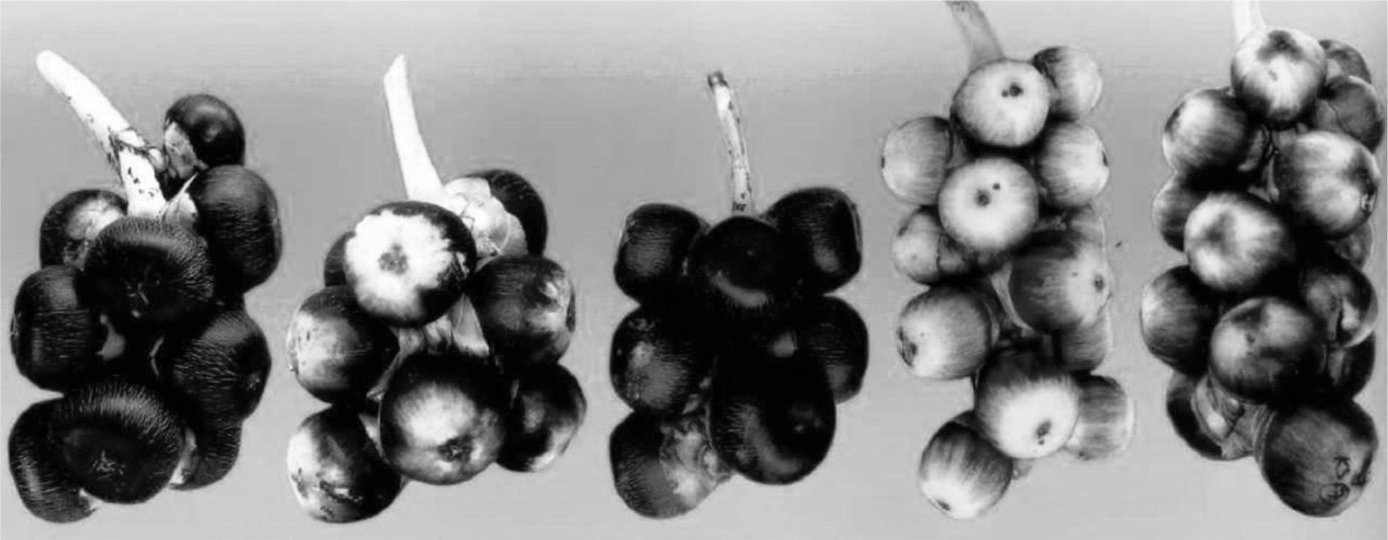
FIGURE 5.8Palmyra palm diversity, a life supporting species of ethnic communities (Courtesy: NBPGR, RS, Hyderabad).
5.3ETHNIC PLANT GENETIC DIVERSITY CONSERVATION
The conservation of ethnic plant genetic diversity involves two basic strategies (i) in-situ and (ii) ex-situ. In-situ conservation of ethnic plant genetic diversity has to be carried on-farm, where landraces and locally improved/adapted material are cultivated, evaluated, utilized and conserved as part of traditional farming systems. These farming systems are of particular importance in maintaining local genetic diversity and providing food for local consumption and local markets. Ex-situ conservation requires collection and systematic storage of seeds/propagules outside the natural habitats of species for short-medium and long-term after proper characterization and evaluation.
The ethnic plant diversity including agro-biodiversity is a vibrant and indispensable component in the overall conservation strategies for Eastern Ghats. The seed material of different agri-horticultural crops of orthodox nature is stored at −20°C with the seed moisture brought down to 5–8% and RH being maintained at 25–32% at National Gene Bank, New Delhi. In some difficult species, which are recalcitrant, pollen and seed material is stored at −180°C in liquid nitrogen in the cryo tanks at the National Gene Bank.
For medium term conservation, the seed material is stored at 5°C with the seed moisture brought down to 5–8% and RH being maintained at 30–35% in the cold storage modules at National Bureau of Plant Genetic Resources (NBPGR) Regional Station, Hyderabad. The crops which are multiplied by vegetative means and medicinal plant species which are non-seed bearing (stem cuttings/root cuttings/whole plant) are being maintained in the Glass house/Field gene bank at NBPGR Regional Station, Hyderabad in live condition.
Genomic resources of ethnic plant diversity, such as cloning vectors, expression vectors, binary vectors, RFLP probes, Cloned genes, promoters fused to reporter genes, sub-genomic, cDNA, EST, repeat enriched libraries, BAC, YAC, PAC clone set from sequencing projects, genomic, mitochondrial or chloroplast DNA, cloned DNA from wild and weedy species produced exclusively for the repository can be stored by the following methodologies:
•1–2 years at 4°C; 4–7 years at –20°C and greater than 5 years when stored at –70°C;
•ESTs, full-length cDNAs, BACs, PACs and YACs, are maintained in 96-well or 384-well micro plates at –80°C;
•cDNA clones as plasmid DNA at –20°C;
•Lyophilized DNA for long-term storage;
•Ambient temperature storage.
A total of 1,87,439 germplasm accessions of various crops including ethnic plant diversity of Eastern Ghats were characterized and preliminarily evaluated at NBPGR and its regional stations. These have been documented and published as several crop catalogs for the utilization by breeders in various crop improvement programs in the country.
5.4UTILIZATION OF ETHNIC PLANT GENETIC RESOURCES DIVERSITY IN CROP IMPROVEMENT
Keeping in view, the importance and potential of the crop genetic diversity, NBPGR Regional Station, Hyderabad has been making earnest efforts to explore, collect and conserve this ethnic plant genetic diversity (Agri-diversity) in the Eastern Ghat areas in Andhra Pradesh, Telangana and adjoining areas of other states.
A paddy accession Voodasannalu, a super fine grained upland drought resistant landrace collected jointly by NBPGR, Hyderabad and ANGRAU from the Jatapu tribal group from Seethampeta Mandal, Srikakulam district was released as a variety as Maruteru Sannalu in Andhra Pradesh. A coriander accession collected from Ongole Mandal, Prakasam district was released as a variety Sudha by ANGRAU as per the state varietal release committee recommendations. A Roselle landrace which was found to be quite promising as a leafy vegetable and designated as UJWALA is in the minikit trials of ANGRAU for release as a variety. ‘Arka Mangala’ a yardlong bean variety was released at Institute level by IIHR for extra long pods. This variety was developed as pure line selection from accession IC582850 from Eastern Ghat region of Jeypore, Orissa. The variety, evaluated at IIHR over two seasons, recorded a yield of 24.7 t/ha with an increase of 24% and 30% pod yield over the check varieties Lola and Vyjayanthi respectively. The accession is a pole type, photo insensitive variety with green smooth pods. Significant number of Sorghum accessions found to be promising got included in the ICRISAT core collections (kharif and rabi) for utilization in crop improvement programs. Some collections in Paddy and Chillies were found to be promising against biotic stresses as well. In addition to these, 17 accessions with special traits were registered with the ICAR – Cowpea accession INGR 08084 resistant to Black eye cowpea mosaic virus; Chilli accession INGR 08097 for resistance to thrips and powdery mildew; Chilli accession INGR 08095 for resistance to thrips and mites; Jatropha accessions INGR 08087 and INGR 08088 for high oil content; Linseed accessions INGR 10027 high oleic acid content (32%), INGR 10028 High oil content (42.6%); Dolichos bean INGR 110311 field tolerant to Anthracnose and mites; Bottle gourd INGR 10064 unique spindle shape; Chilli accession INGR14040 Purple genotype; Sorghum accessions INGR 09103, INGR 09104, INGR 09105, INGR 09106 Source of resistance to multiple foliar diseases (Rust, zonate leaf spot, sooty stripe, downy mildew and ergot); Greengram accession INGR 11031 Photosensitive line; Blackgram accession INGR 13057 Photosensitive line; Pongamia accession INGR 10134 four seeded pod.
5.5FACTORS CONTRIBUTING TO GENETIC EROSION OF ETHNIC PLANT GENETIC RESOURCES DIVERSITY
The Eastern Ghats is a vibrant habitat for ethnic diversity in different agri-horticultural crops, their wild/weedy relatives, medicinal, aromatic and dye yielding plants. However, due to degradation of forests as a result of podu cultivation by the tribals, encouragement for raising plantations by the departments of agriculture/horticulture, increase in population and the need to produce more food and non-food agricultural commodities, changing food habits and initiation of other socio-economic developmental programs by the Government and NGOs, the endemic genetic diversity accumulated through years of evolution under domestication and natural selection by the tribal groups is being wiped out from nature. The local landraces/traditional cultivars and even some crops are gradually being replaced by improved HYV/Hybrids and other profitable crops.
The nutritional balance of the soil and the ecological foundations of the Ghats has been affected by inappropriate land use (shifting cultivation cycles), changes in agricultural systems, overgrazing of grasslands by herbivores, deforestation due to over exploitation of forest resources, land clearance for developmental activities, such as mining, thermal and hydro-projects and the lack of pollution control measures are adding to the problem. With the increase in the population, the demand of land for agricultural purposes has been increasing, thus resulting in the encroachment of large forest area by the people.
The subsidized rice scheme especially in north coastal Andhra Pradesh has made the hitherto subsistence farming being practiced by the tribal groups in to commercial farming looking for remuneration and profits in cultivation as they were getting rice at a very cheap rate for consumption. This has resulted in unforeseen changes in the cropping patterns and replacement of traditional crops like sorghum, pearl millet and small millets with coffee/tea/cashew or mango plantations there by losing the diversity in those crops. The practice of raising crops in the kitchen gardens and seed storage for next season sowing being discontinued made them to rely on market forces and middle men. This also contributed towards erosion of ethnic diversity in several agri-horticultural crops. The reduction/abandonment of utilization of wild tubers, fruits, millets etc. as sources of food also has resulted in the loss of diversity and indigenous traditional knowledge (ITK). The dependence on modern medicine is gradually leading to erosion of ethno botanical knowledge.
5.6FUTURE THRUSTS
Approaches to better management of ethnic plant genetic resources diversity need to focus on the following major elements (i) looking for more species and genes to provide bio-alternatives and (ii) using both traditional breeding approaches and modern technologies. It has to be addressed in order to match the increasing human and animal interventions in Eastern Ghats region of India. Following are some of the future thrusts for effective management of ethnic plant genetic resources diversity on sustainable terms:
•Harnessing the eco-regional (Eastern Ghats) potentials, to meet the climate change.
•Need to have geo-referenced and time series data on ethnic plant genetic resources diversity to take informed decisions.
•Need to develop methodologies and tools to make the dynamic conservation of the genetic diversity of multiple ethnobotanical species compatible with poverty alleviation and increased wellbeing for its keepers.
•Development of Genomic Resources from ethnobotanically valued genetic resources and their conservation.
•In-situ/on-farm conservation.
•Developing cost-effective in-vitro multiplication and conservation protocols for ethnic plant genetic resources diversity.
•Mapping of ethnic genetic diversity for quality conservation.
•Developing ability, appropriate institutional arrangements and policy framework for handling intellectual property rights related issues.
•Need for safeguarding the regional and national interests in order to meet the challenges of the new legal regimes of the CBD, the WTO & TRIPS, UPOV and ITPGRFA.
5.7CONCLUSIONS
There is a tremendous urgency and scope for collection and conservation of Ethnic plant genetic diversity in general and medicinal plants, wild relatives and endemic tree species in particular for sustainable utilization from the Eastern Ghats. As the replacement of local cultivars has become very fast and alarming, rapid efforts have to be resorted to collect and conserve the ethnic crop genetic resources diversity from Eastern Ghats. Another concern is the collection of wild/weedy relatives of crop plants and endemic diversity in medicinal and aromatic plants before the natural habitats are destroyed. Concerted and systematic efforts have to be initiated involving all the agencies/institutes concerned to avoid duplication of efforts. It should be ensured that, participation of the communities and stakeholders in comprehensive documentation of tribal life systems including ITK, folklore and domestication of plant species etc. In view of changing scenario in both agricultural and vegetation diversity, a suitable conservation strategy should be evolved for addressing sustainable development to save the Eastern Ghats for the people of present and future generations.
KEYWORDS
•Conservation
•Eastern Ghats
•Germplasm
•Plant Genetic Resources
•Tribal Groups
REFERENCES
Arora, R.K. & Nayar, E.R. (1984). Wild relatives of crop plants in India. NBPGR Sci. Monogr. No.7. NBPGR, New Delhi. pp. 1–90.
Banerjee, D.K. (1977). Observation on ethnobotany of Araku valley, Visakhapatnam district, Andhra Pradesh. J. Sci. Club, 33, 14–21.
Chauhan, K.P.S. (1998). Framework for conservation and sustainable use of biological diversity: Action plan for the Eastern Ghats region. In: Proceedings of Seminar on Conservation of Eastern Ghats. pp. 345–357.
Dikshit, N. & Sivaraj, N. (2014). Folk medicinal plants, uses and claims of tribal peoples of Similipal Biosphere Reserve, Odisha. In: Proceedings of National Seminar on Ethnobotany, Traditional Knowledge and Access and Benefit Sharing (NSEBTK-2014), Tirupati, pp. 71–77.
Harlan, J.R. (1975). Crops and Man. American Society of Agronomy, Crop Science Society of America, Madison, Wisconsin. 295 pp.
Kalloo, G. & Bergh (Eds.) (1993). Genetic Improvement of Vegetable Crops. Oxford, New York, USA: Pergamon Press Ltd.
Krishnamurthy, K.V., Siva, R. & Senthilkumar, T. (2002). Natural dye yielding plants of Shervaroy hills of Eastern Ghats. In: Proceedings of the National Seminar on Conservation of Eastern Ghats, Tirupati (ed.) Anonymous. Hyderabad: Environment Protection Training and Research Institute,, pp. 151–153.
Pandravada, S.R. & Sivaraj, N. (1999). Diversity and collection of germplasm of spices, medicinal, aromatic and dye yielding plants from Andhra Pradesh, South India. In: Biodiversity, Conservation and Utilization of Spices, Medicinal and Aromatic Plants. Ravindran et al. (Eds.). Calicut, Kerala: Indian Institute of Spices Research. pp. 219–228.
Pandravada, S.R., Sarath Babu, B., Sivaraj, N., Maheswara Rao, G. & Satyanarayana, Y.V.V. (2000). Species diversity and germplasm collection of medicinal plants from Eastern Ghats. Indian Forester, 126, 1191–1203.
Pandravada, S.R., Sivaraj, N. & Varaprasad, K.S. (2004). The changing pattern of plant biodiversity in the Eastern Ghats. In: B.S. Dhillon, R.K. Tyagi, Arjun Lal & S. Saxena (eds.). Plant Genetic Resource Management. New Delhi: Narosa Publishing House, pp. 136–152.
Pandravada, S.R., Sivaraj, N., Kamala, V., Sunil, N. & Varaprasad, K.S. (2008a). Genetic resources of wild relatives of crop plants in Andhra Pradesh – Diversity, Distribution and Conservation. Proc. A.P. Academy of Sciences. Vol. 12 (1 & 2): 101-119.
Pandravada, S.R., Sivaraj, N., Kamala, V., Sunil, N., Sarath Babu, B. & Varaprasad, K.S. (2008b). Agri-biodiversity of Eastern Ghats – Exploration, Collection and Conservation of Crop Genetic Resources. Proceedings of the National Seminar on Conservation of Eastern Ghats., Hyderabad. pp. 19–27.
Pullaiah, T. (2002). Medicinal Plants in Andhra Pradesh. New Delhi: Regency Publications, 226 p.
Rama Rao, N. & Henry, A.N. (1996). The Ethnobotany of Eastern Ghats in Andhra Pradesh. India. Kolkata: Botanical Survey of India.
Rao, K.P. & Harasreeramulu, S. (1985). Ethnobotany of selected medicinal plants of Srikakulam district, Andhra Pradesh, Ancient Sci. Life, 4, 238–244.
Ravisankar, T. & Henry, A.N. (1992). Ethnobotany of Adilabad district, Andhra Pradesh, Ethnobotany, 4, 45–52.
Reddy, T.A. (1980). Notes on some medicinal plants of Polavaram agency tracts, West Godavari district, Andhra Pradesh. J. Indian Bot. Soc., 59, 169.
Reddy, K.N., Sudhakar Reddy, Ch. & Raju, V.S. (2002). Ethnobotany of certain orchids of Eastern Ghats of Andhra Pradesh. In: Proceedings of the National Seminar on Conservation of Eastern Ghats, Tirupati (ed.) Anonymous. Hyderabad: Environment Protection Training and Research Institute, pp. 154–160.
Sandhya Rani, S. & Pullaiah, T. (2002). A taxonomic survey of trees in Eastern Ghats. In: Proceedings of the National Seminar on Conservation of Eastern Ghats, Tirupati (ed.) Anonymous. Hyderabad: Environment Protection Training and Research Institute, pp. 5–15.
Sharma, H.C., Pampathy, G. & Reddy, L.J. (2003). Wild relatives of pigeonpea as a source of resistance to the pod fly (Melanagromyza obtusa Malloch) and pod wasp (Taraostinodes cajanianae La Salle), Genetic Resources and Crop Evolution, 50, 817–824.
Saxena, H.O. & Dutta, P.K. (1975). Studies on the ethnobotany of Orissa. Bull. Bot. Surv. India, 17, 124–131.
Sivaraj, N. & Pandravada, S.R. (2005). Morphological diversity for fruit characters in bottle gourd (Lagenaria siceraria (Mol.) Standl.) germplasm from tribal pockets of Telangana region, Andhra Pradesh, India. Asian-Agri History Journal, 9(4), 305–310.
Sivaraj, N., Pandravada, S.R., Varaprasad, K.S., Sarath Babu, B., Sunil, N., Kamala, V., Babu Abraham & Krishnamurthy, K.V. (2006). Medicinal Plant Wealth of Eastern Ghats with special reference to indigenous knowledge systems. The Journal of the Swamy Botanical Club, 23, 165–172.
Sivaraj, N., Varaprasad, K.S., Pandravada, S.R. & Sharma, S.K. (2009). Agrobiodiversity hotspots in Eastern Ghats – Issues and challenges. In: Agrobiodiversity Hotspots: Access and Benefit Sharing. In: S. Kannaiyan (ed.), New Delhi: Narosa Publishing Company, 325 pp.
Sivaraj, N., Pandravada, S.R., Kamala, V., Sunil, N., Sarath Babu, B., Babu Abraham & Varaprasad, K.S. (2010). Bottle gourd diversity in tribal pockets of Andhra Pradesh, India – A potential livelihood component for rural folk. In: U.V. Sulladmath & K.R.M. Swamy (Eds.). Proceedings of International Conference on Horticulture (ICH-2009), PNASF, Bangalore. pp. 1311–1315.
Sivaraj, N., Kamala, V., Pandravada, S.R., Sunil, N., Elangovan, M., Sarath Babu, B., Chakrabarty, S.K., Varaprasad, K.S. & Krishnamurthy K.V. (2015). Floristic ecology and phenological observations on the medicinal flora of Southern Eastern Ghats. Open Access Journal of Medicinal and Aromatic Plants 5(2), 5–24.
Sudhakar Reddy, Ch., Murthy, M.S.R. & Dutt, C.B.S. (2002). Vegetational diversity and endemism in Eastern Ghats, India. In: Proceedings of the National Seminar on Conservation of Eastern Ghats, Tirupati (ed.) Anonymous. Hyderabad: Environment Protection Training and Research Institute, pp. 109–134.
Sunil, N., Thirupathi Reddy, M., Hameedunnisa, B., Vinod, Pandravada, S.R., Sivaraj, N., Kamala, V., Prasad, R.B.N., Rao, B.V.S.K. & Chakrabarty, S.K. (2014). Diversity in bottle gourd (Lagenaria siceraria – (Molina) Standl.) Germplasm from peninsular India. Electronic. J. Plant Breeding, 5(2), 236–243.
Thammanna & Narayana Rao, K. (1998). Medicinal Plants of Tirumala. Tirumala and Tirupati Devasthanams, Tirupati.
Varaprasad, K.S., Abraham, Z., Pandravada, S.R., Latha, M., Divya, S., Raman, Lakshminarayanan, S., Pareek, S.K. & Dhillon, B.S. (2006). Medicinal plants germplasm of Peninsular India. New Delhi: National Bureau of Plant Genetic Resources, 203 p.
Varaprasad, K.S., Sharma, S.K., Sivaraj, N. & Sarker, A. (2010). Integrated gene resource management of underutilized legumes in India. Euphytica, 180, 49–56.
Vedavathy, S., Mrudula, V. & Sudhakar, A. (1997). Tribal Medicine of Chittoor District, A.P. (India). Herbal Folklore Research Centre, Tirupati.
Vishnu-Mittre (1968). Protohistoric Records of Agriculture in India. Bose Res. Inst. Calcutta, Trans., 31, 87–106.